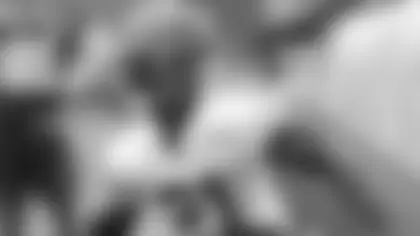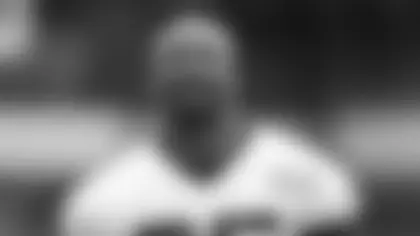BEAVERTON, Oregon -- Before the Dawg Pound or anyone outside a small group of Browns and Nike executives knew the team was ready to update its classic uniforms, Todd Van Horne, Craig Conahan and Tom Andrich booked a trip for a warm August week in Cleveland.
So exclusive was knowledge of this plan at this stage of the process that Van Horne, Nike's VP and Creative Director for Football, only shared with his family that he was headed "somewhere in the Midwest" for a few days. His right-hand men were similarly discrete.
Immediately, the team of designers was smacked in the face with inspiration. The ongoing, widespread renovations of downtown that have brought fresh life to hundred-year-old buildings clued the group into how Cleveland's progression toward the future always remains true to its roots. Conahan, a Nike designer, remembered the trip not by the names of what he saw, but instead by the images he can still picture two years later.
There was the St. Theodosius Orthodox Cathedral and "Christmas Story" house in Cleveland's Tremont neighborhood. There was the nightlife scene of Ohio City -- even apparent on a weekday. There was the bigger-than-your-head sandwiches from Melt Bar and Grilled in Lakewood. There was the Cleveland Museum of Art and the Frank Gehry-designed Peter B. Lewis Building at Case Western Reserve.
"That juxtaposition of the new and the old was perfect for us to take something like this that traditionally hasn't changed in a long time and ask, 'how do we kind of keep that sensibility and add a modern take to it?'" Conahan said. "We want to get a sense of what's going on in the culture of the city."
Months earlier, the designers were shown pictures of the Browns practice facility, which was one of the first areas of the Browns infrastructure to receive a facelift after Jimmy Haslam took over as the team's owner. A subtle gesture to let Nike know what the Browns were building served as a "light bulb" moment years before the final product hit the stage Tuesday at the Cleveland Convention Center.
"They're like, 'Got it,'" Browns president Alec Scheiner remembered. "'We understand what you're trying to accomplish here.'"
A look at Browns uniforms, from the franchise's inception to current-day.
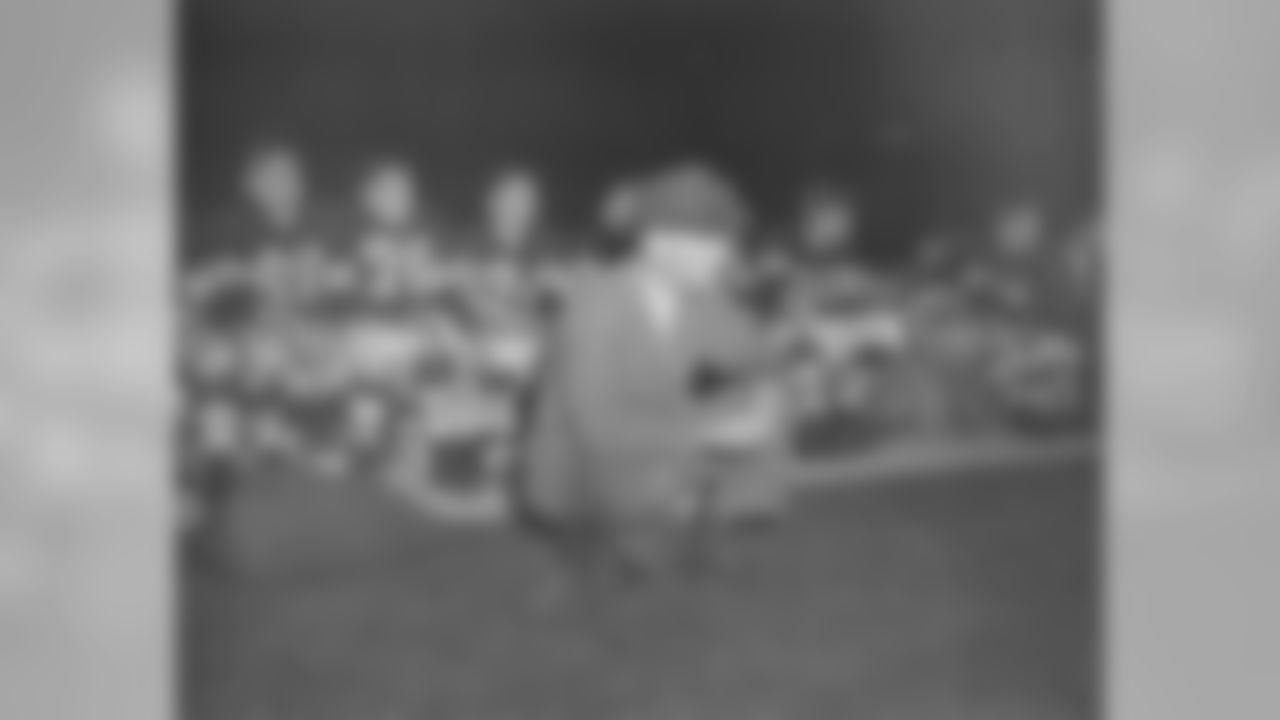
1946 – In the team's inaugural season the Browns wore plain white helmets and sported white and brown jerseys with classy shadowboxed numbers. These jerseys were worn for one season only.
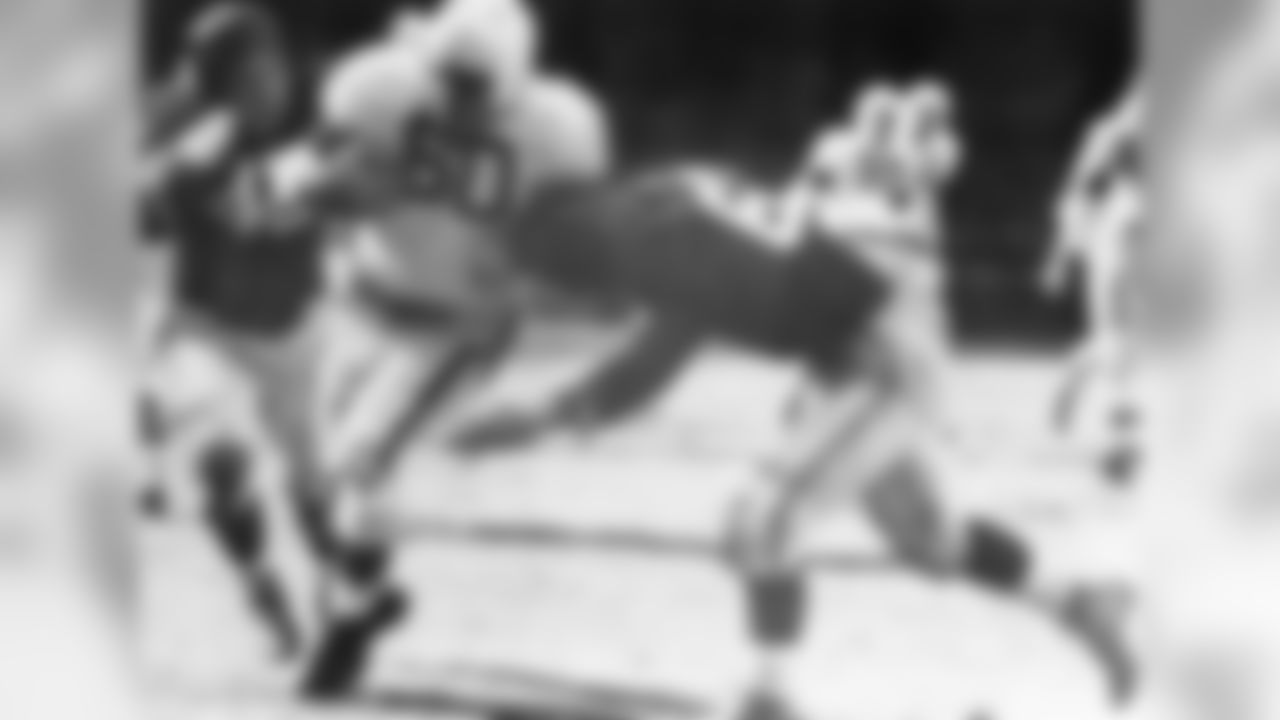
1947 – The Browns introduce what is now viewed as the "classic" Browns uniform.
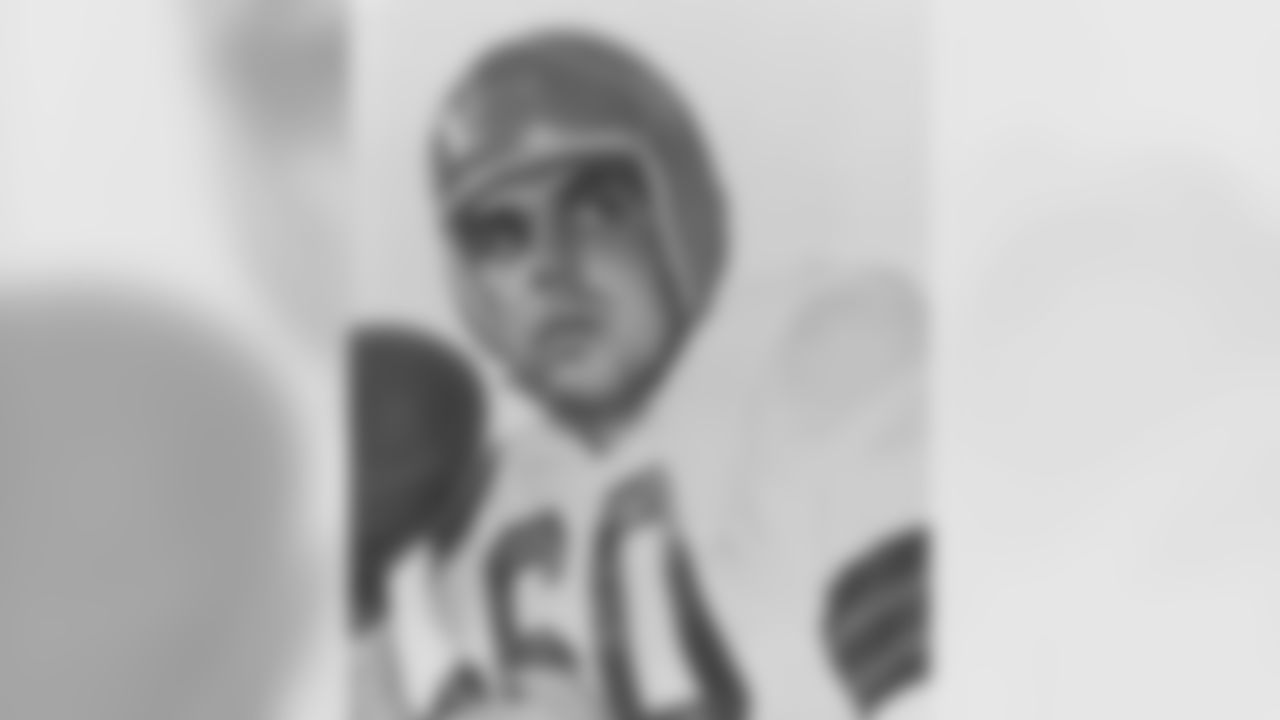
1950 – The Browns introduced solid orange helmets for the first time as part of their uniform.
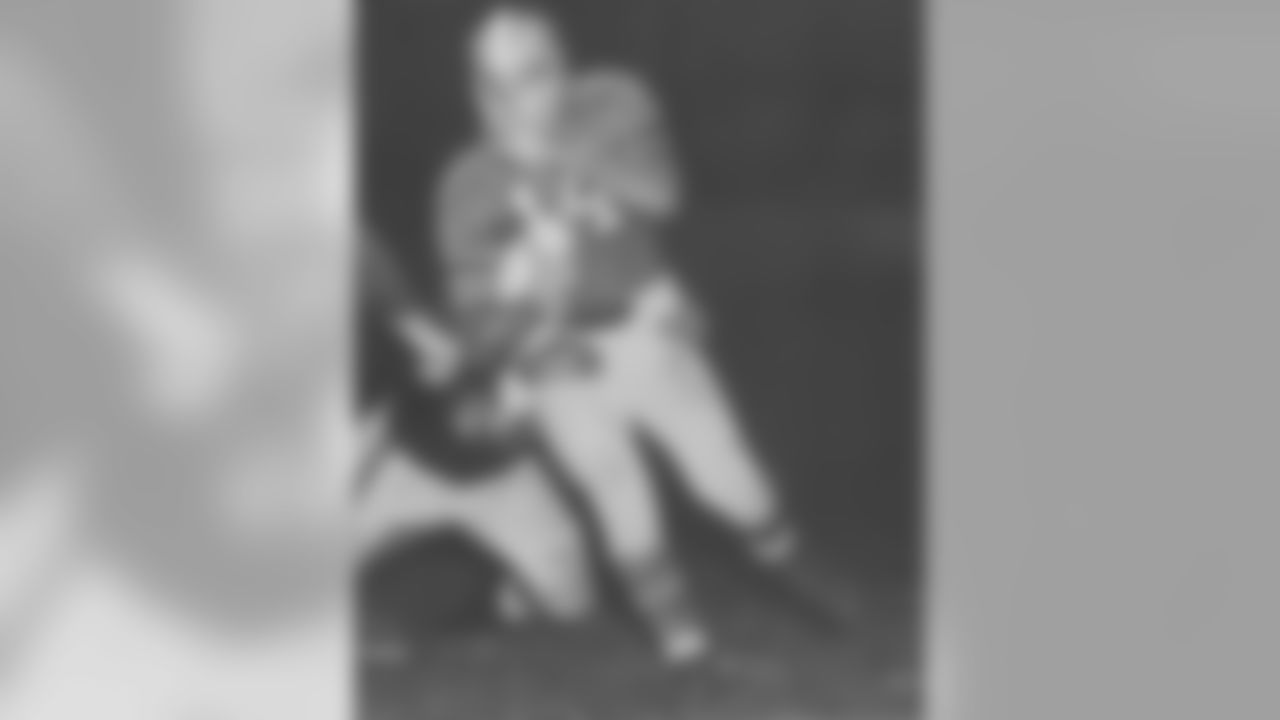
1953 – Orange uniforms are introduced for the first time. They would appear again in exhibition games in 1954 and 1955 before being shelved.
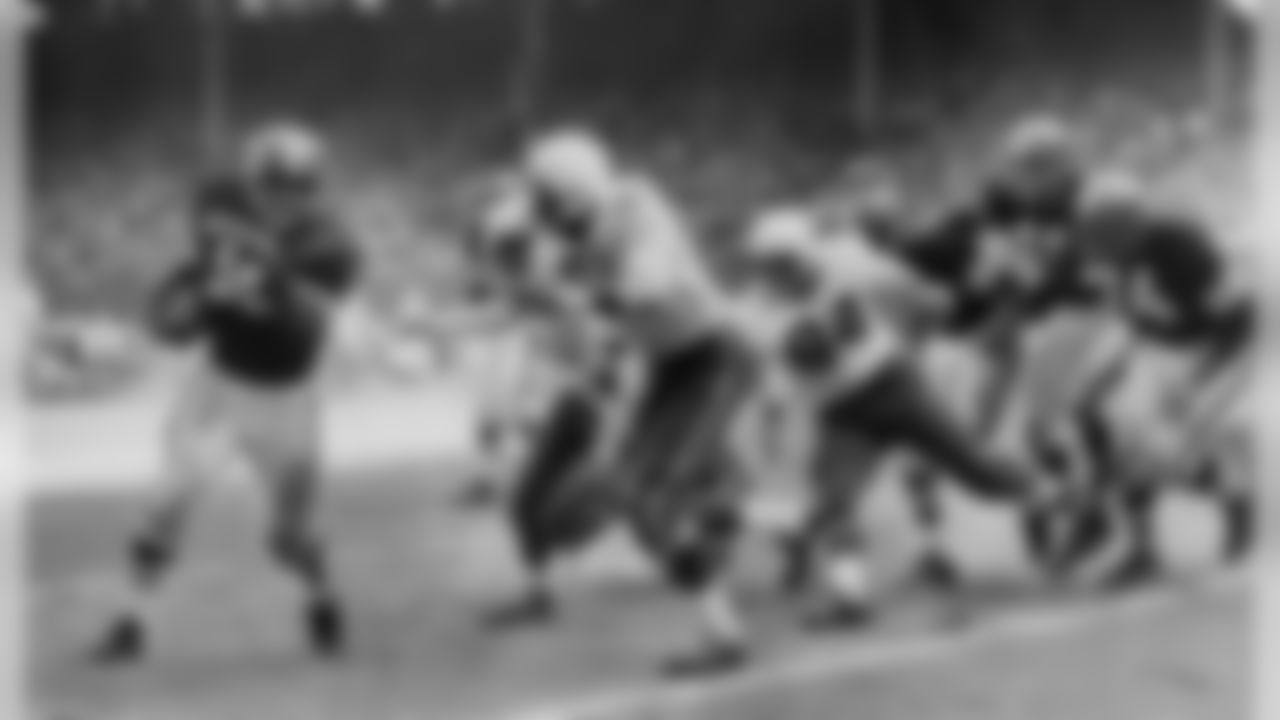
1957 – For three seasons, the Browns add brown jersey numbers to all of their helmets.
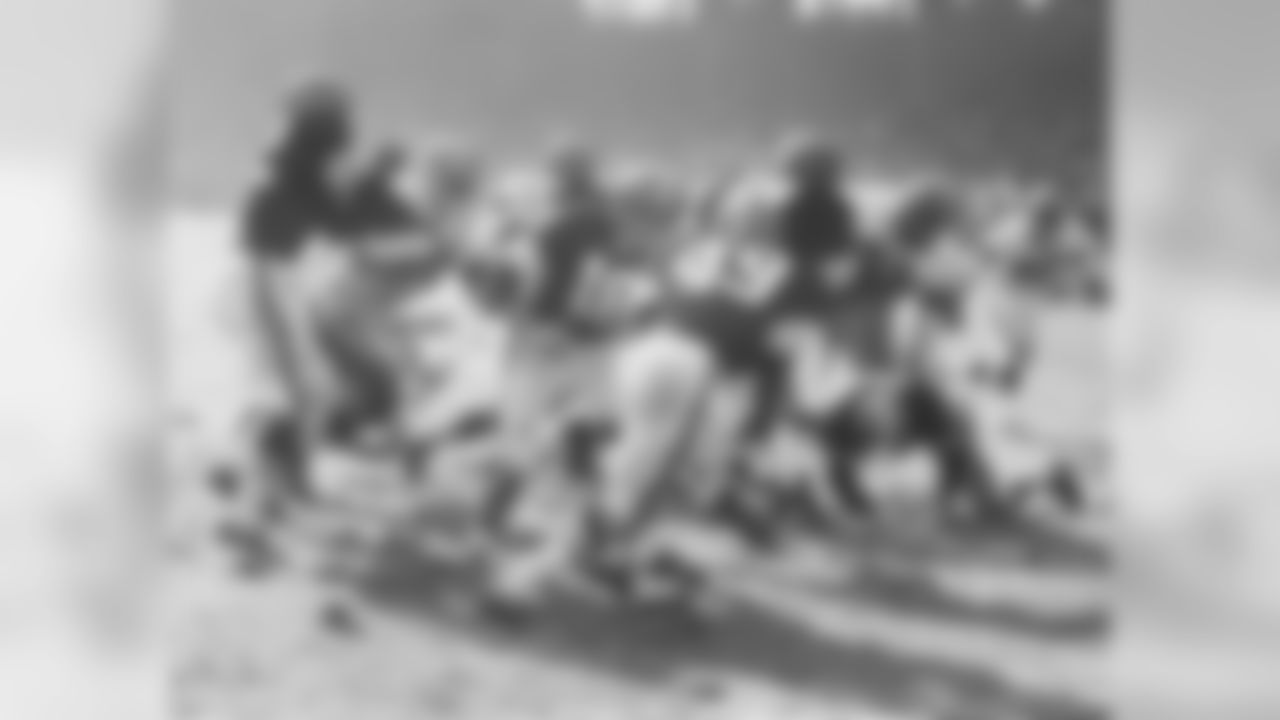
1960 – For one season only, the Browns add two brown stripes that flank the existing white center striped helmets along with the brown jersey numbers on the side.
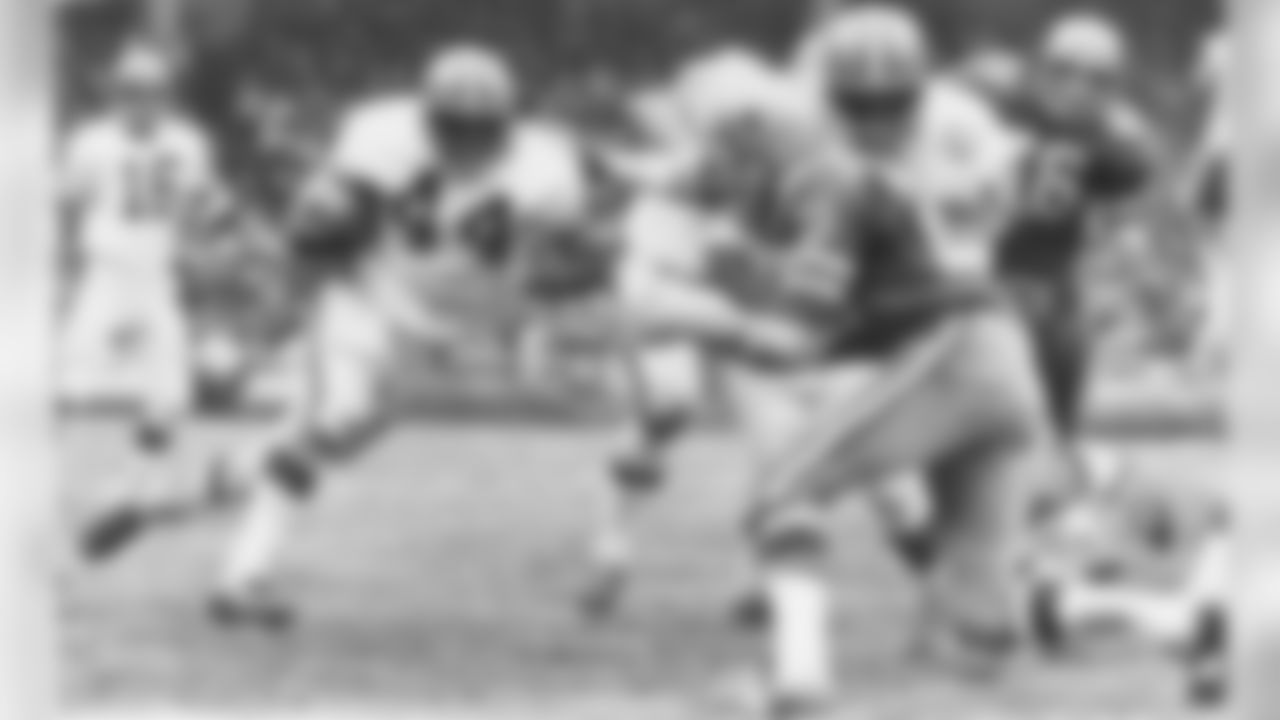
1969 – A commemorative patch is added to the uniform to celebrate the 50th Anniversary of the NFL. This is the first time that a patch of any kind is worn on the uniform.
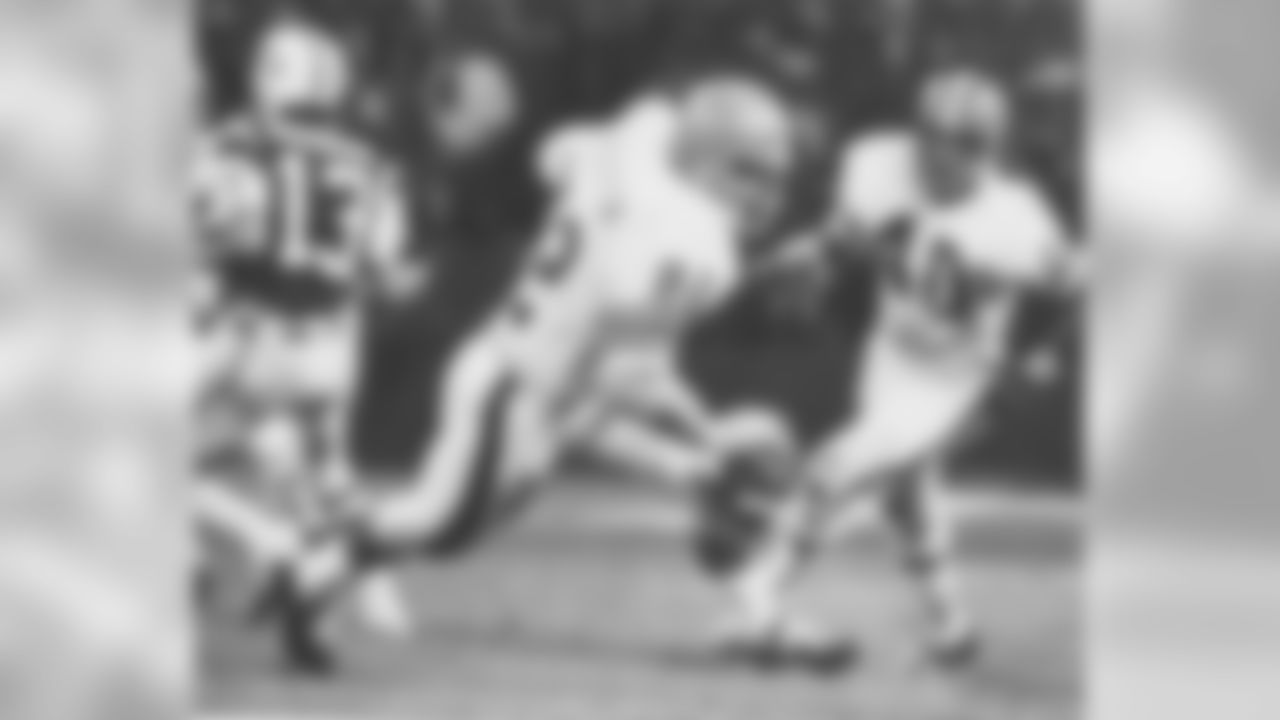
1970 – Names are introduced to the back of all jerseys.
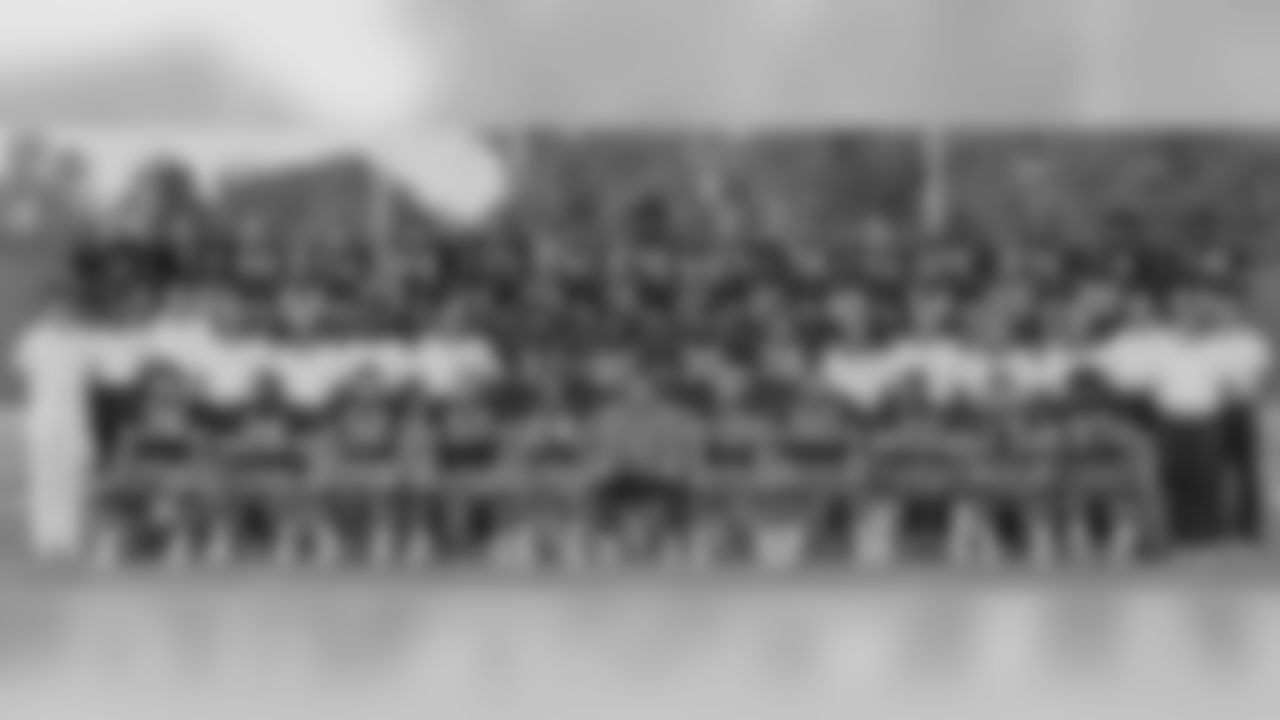
1975 – Orange pants are introduced for the first time. All facemasks on helmets are changed to white in color.
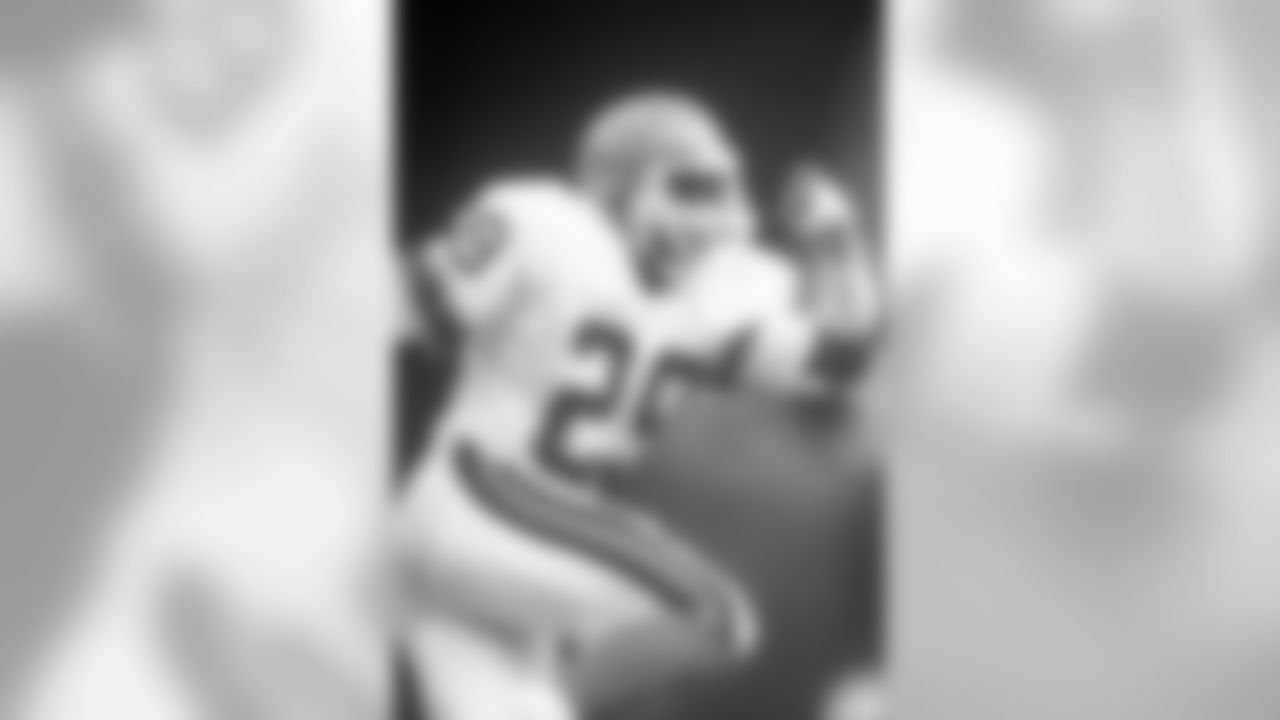
1984 – Jerseys are radically redesigned as solid orange pants are replaced by white pants that for the first time feature an orange center stripe outlined with brown stripes with solid orange or brown socks. Brown jerseys with orange numbers are worn for the preseason before being scrapped because the numbers proved to be too difficult for spotters to recognize during the game.
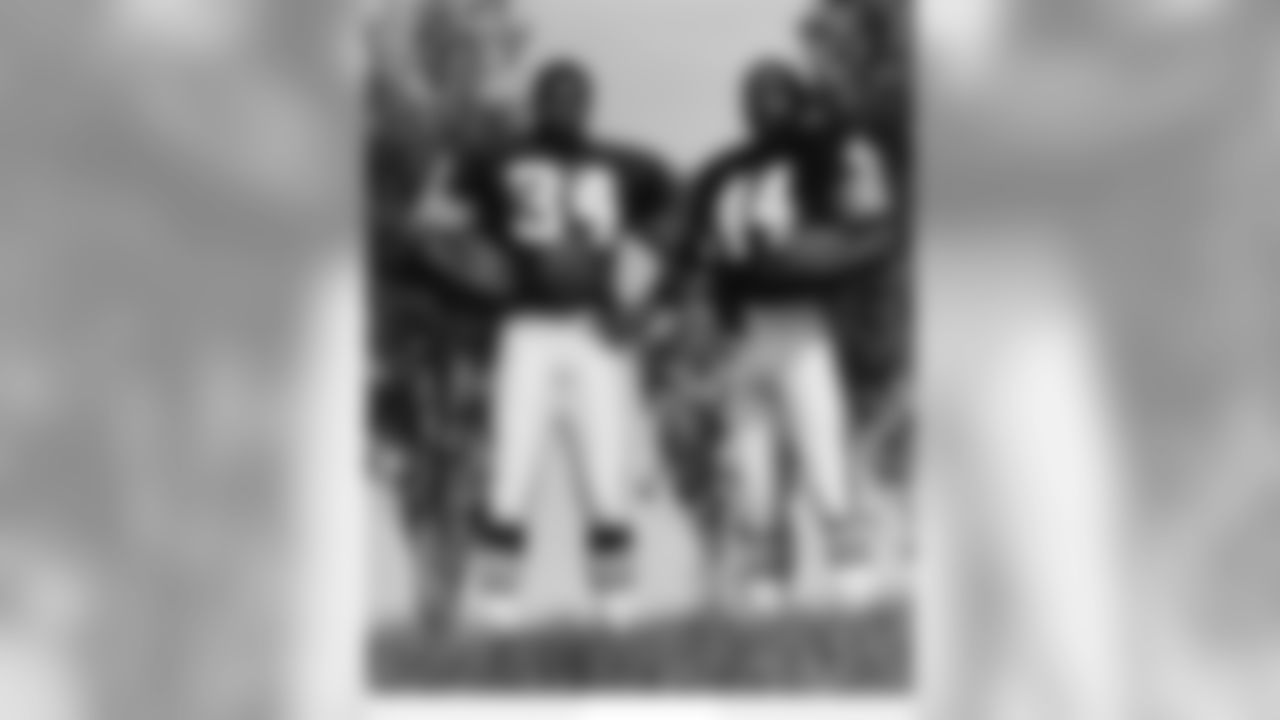
1985 – The team returns to the "classic" Browns look.
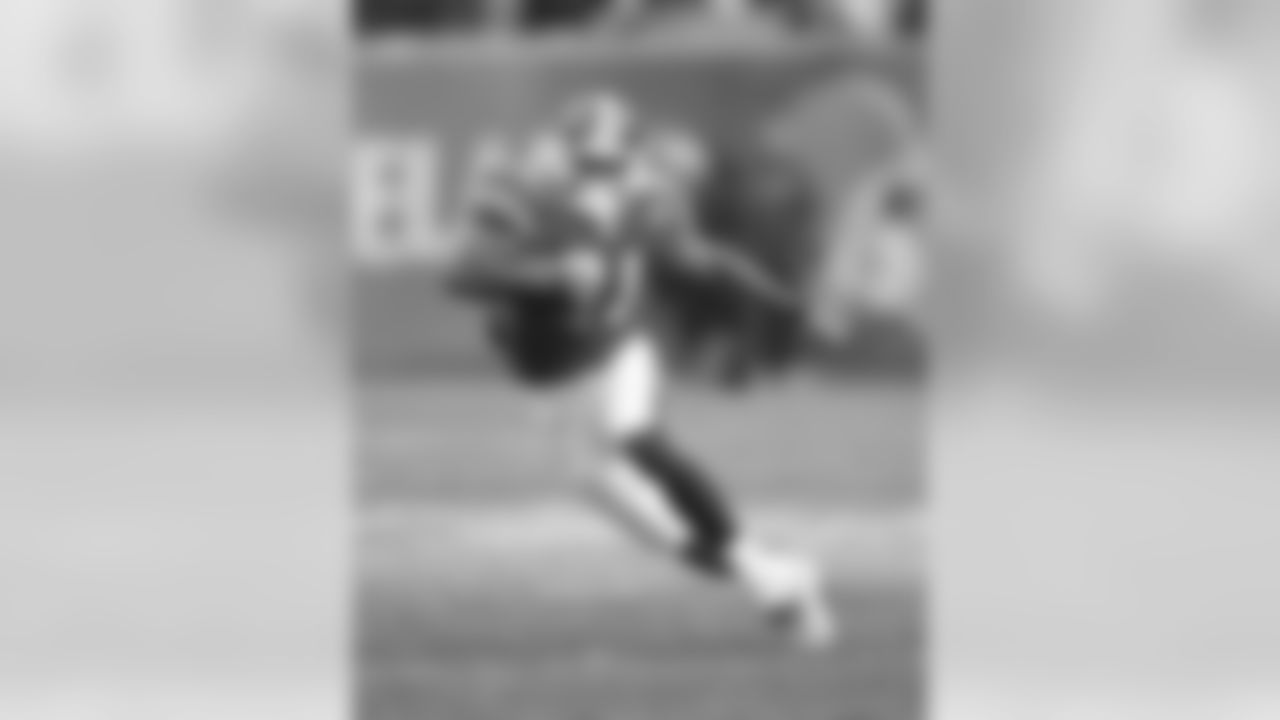
2002 – Orange jerseys make a return to the field for the Browns.
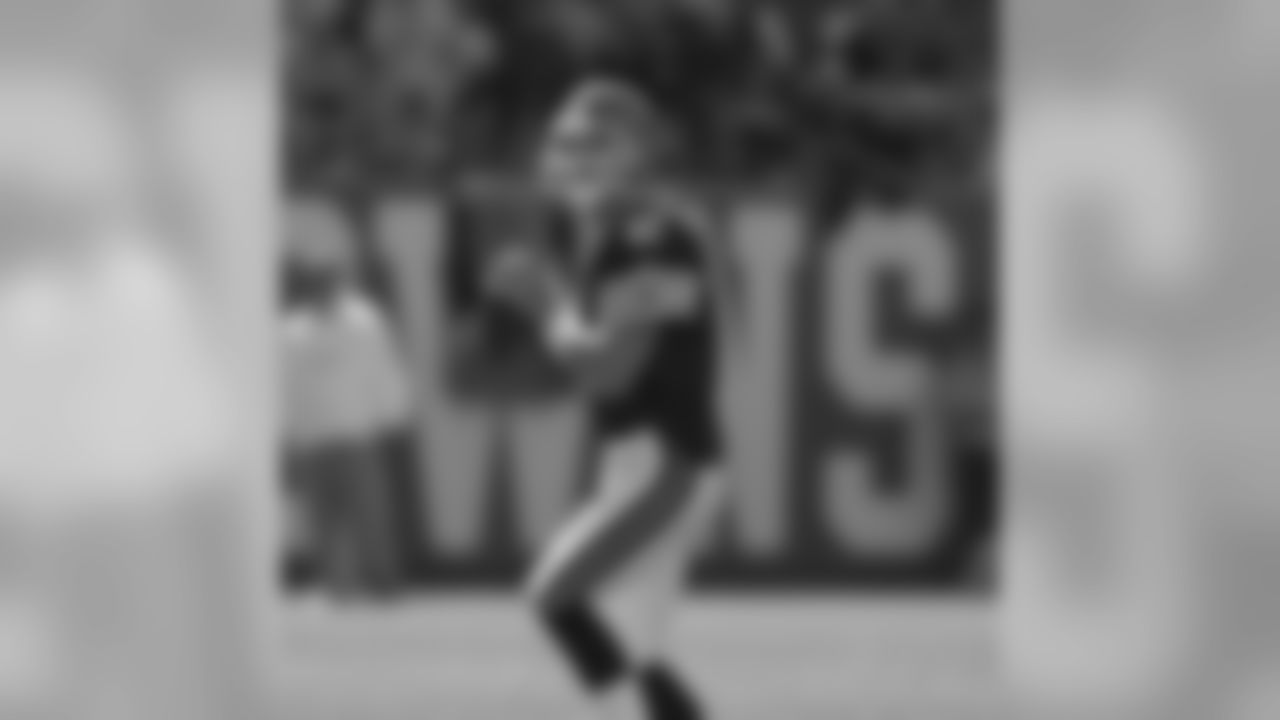
2003 – Orange center stripe returns to the pants for first time since 1984.
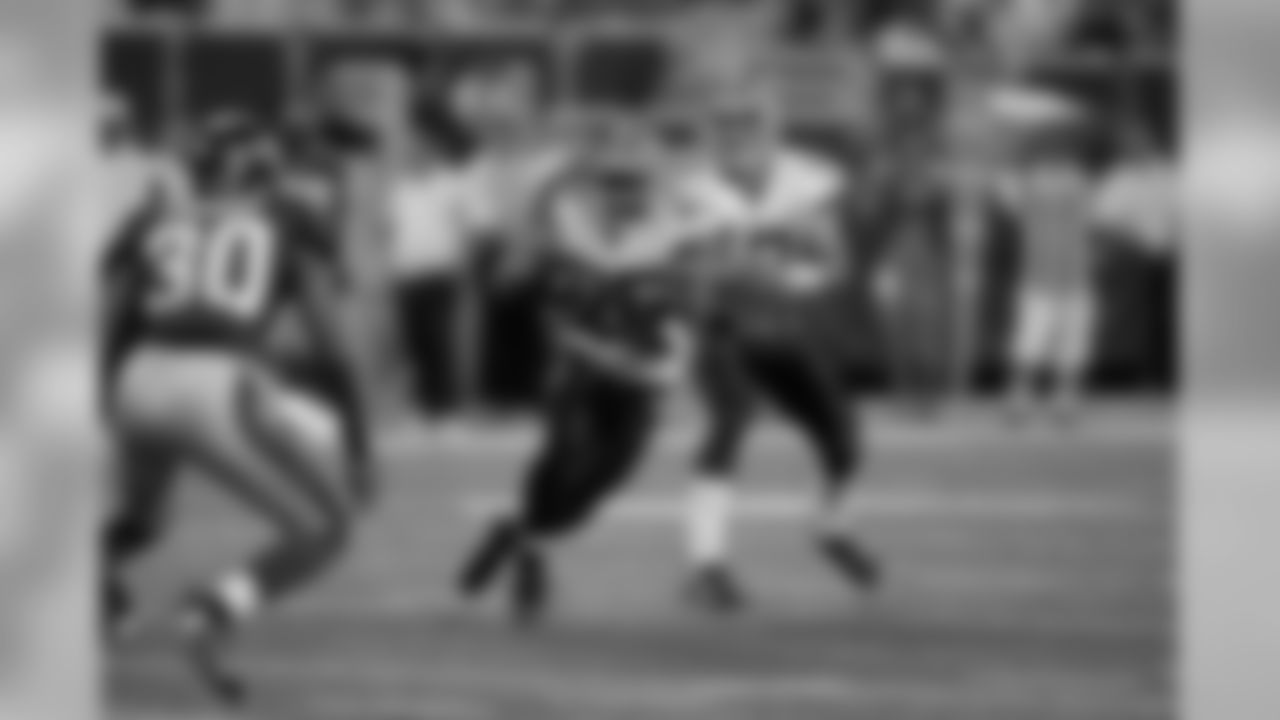
2008 – Solid brown pants are introduced for the first time.
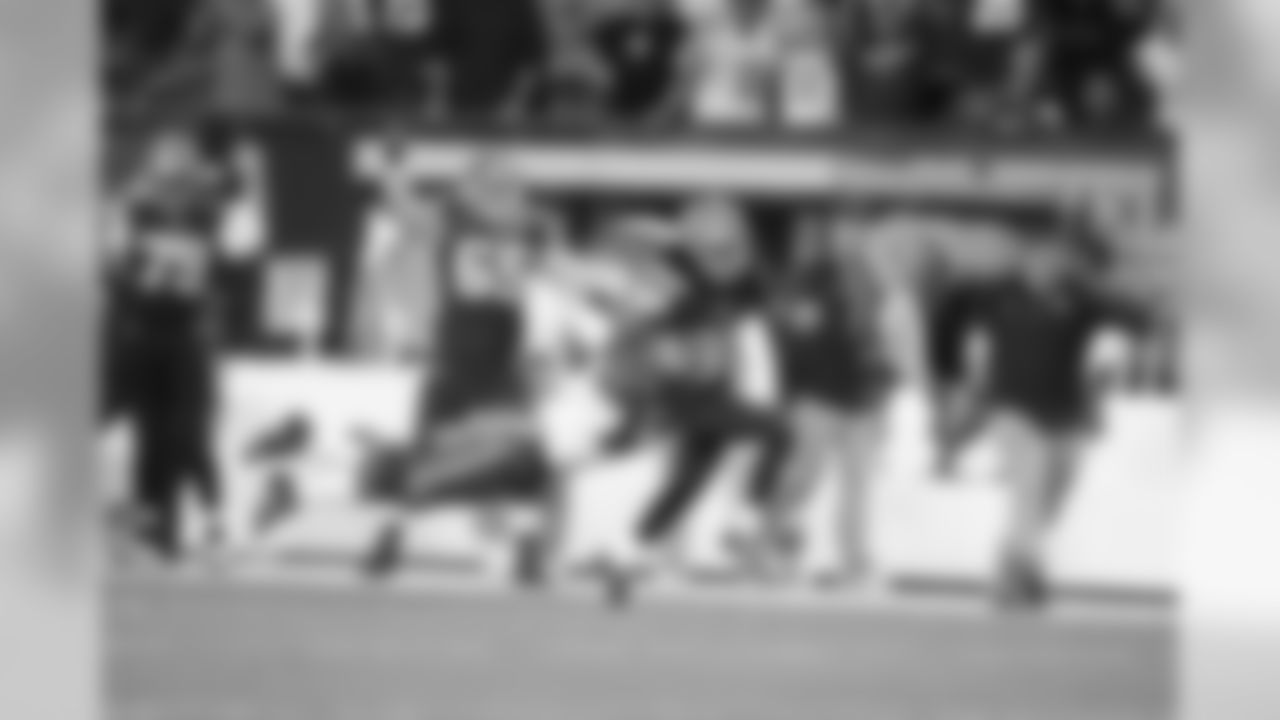
2013 – The Browns sport a "brown out" version of their jersey on Thursday Night football, wearing their brown jersey with solid brown pants and socks.
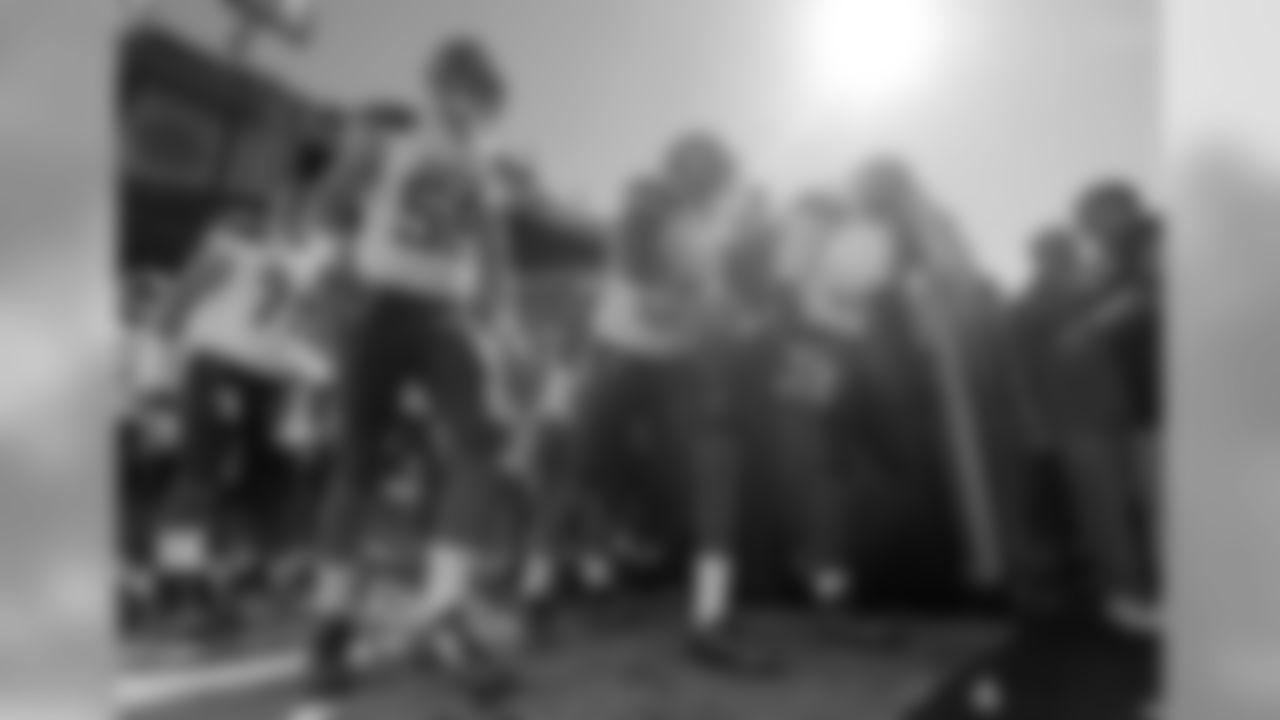
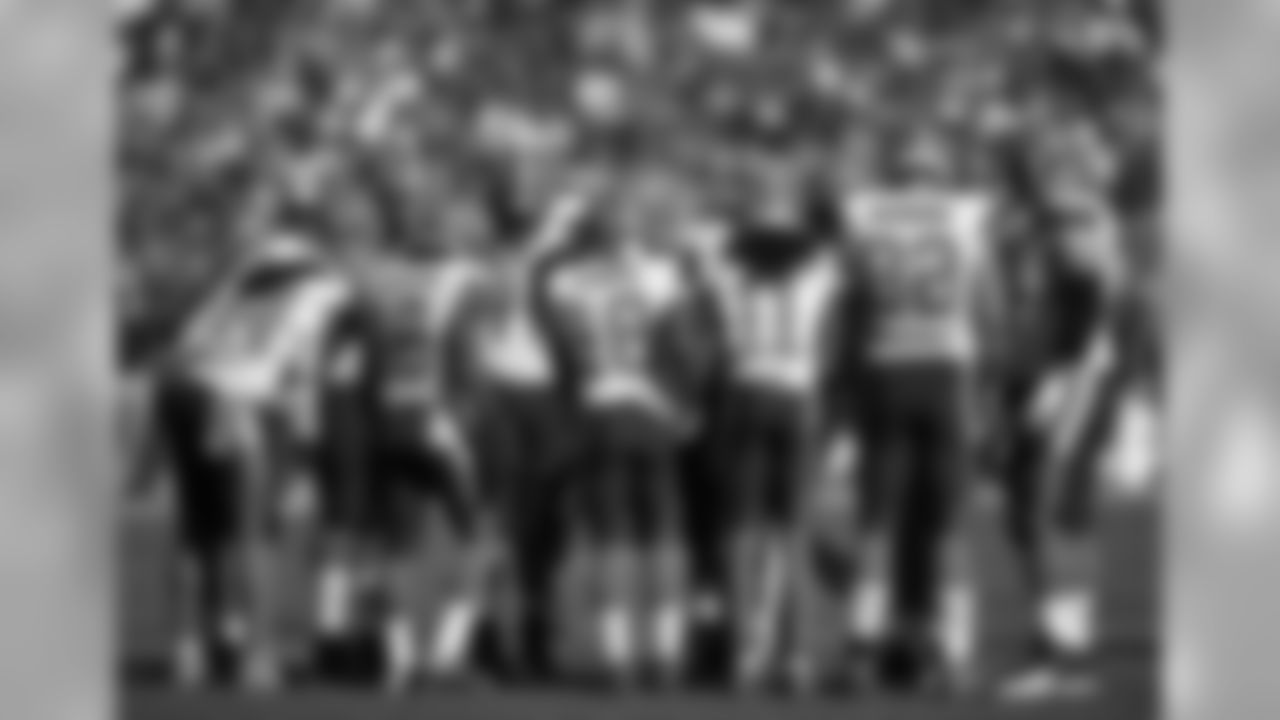
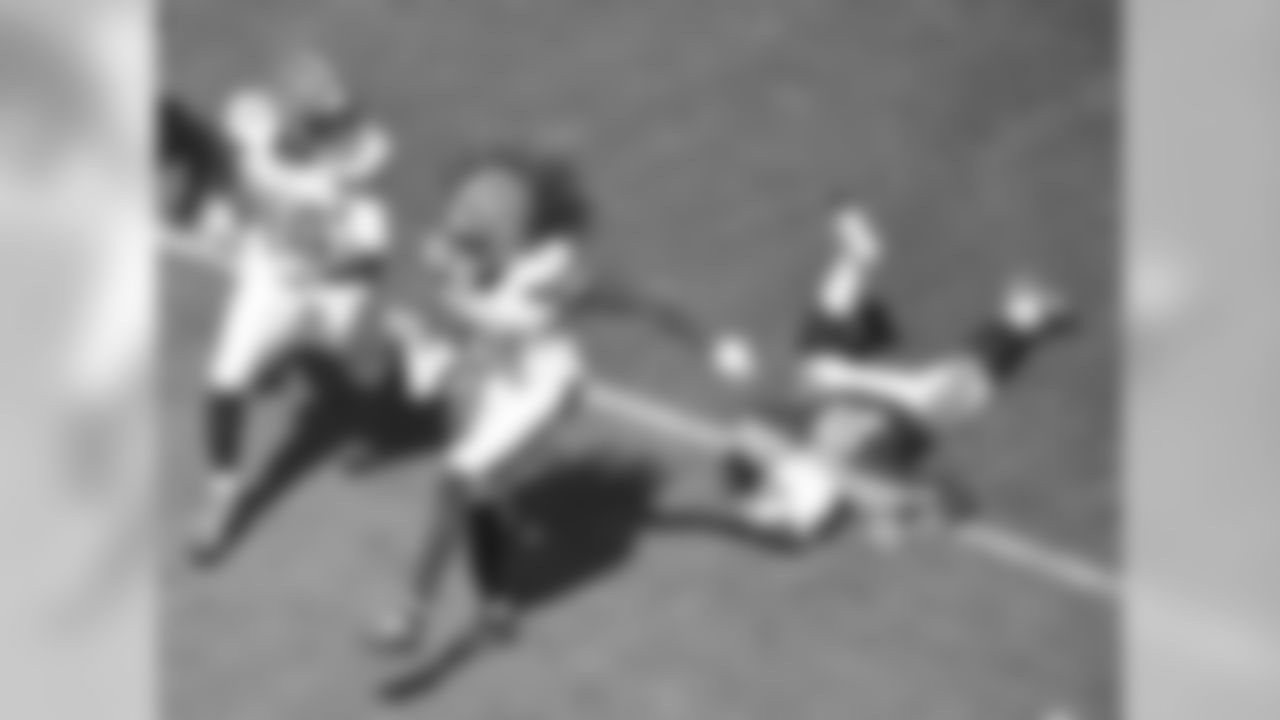
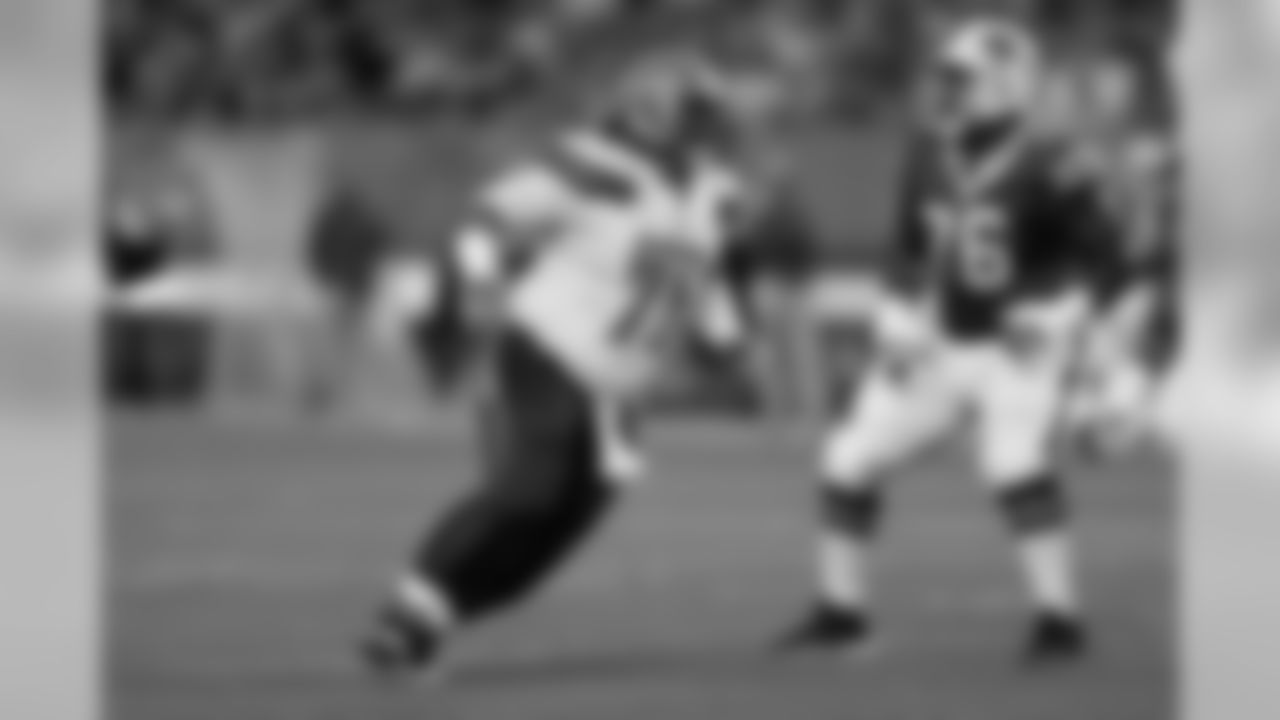
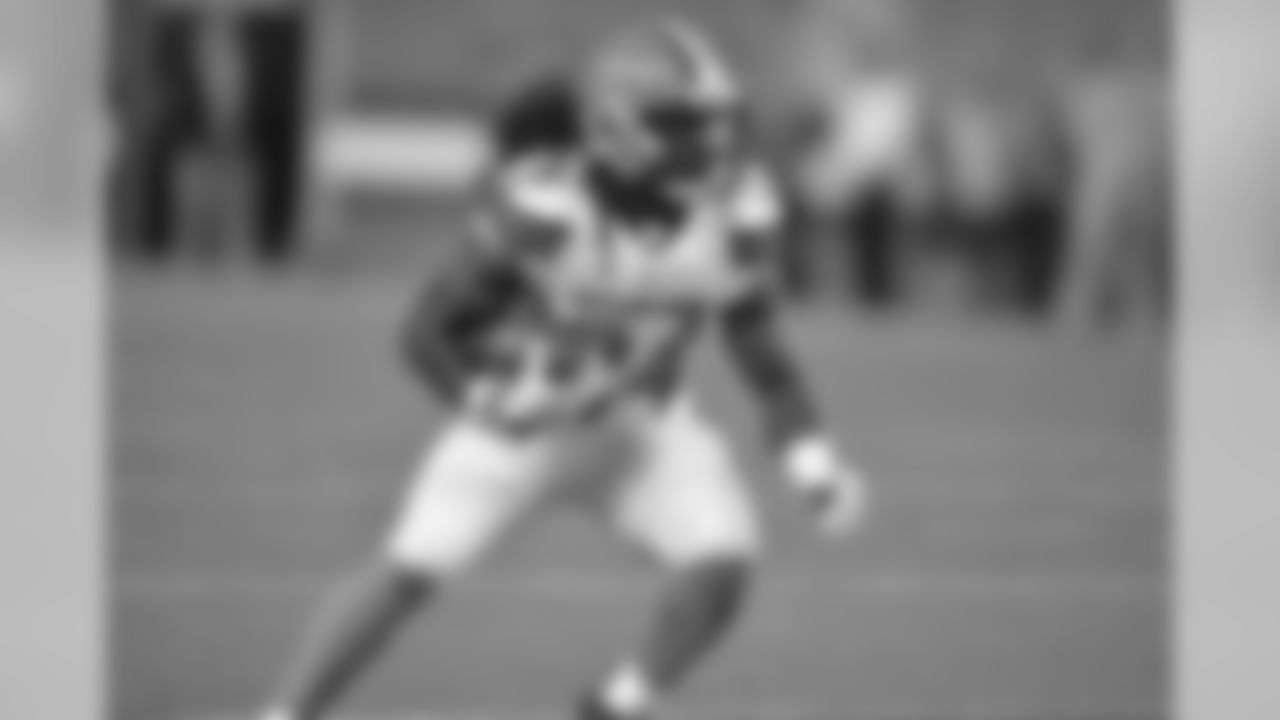
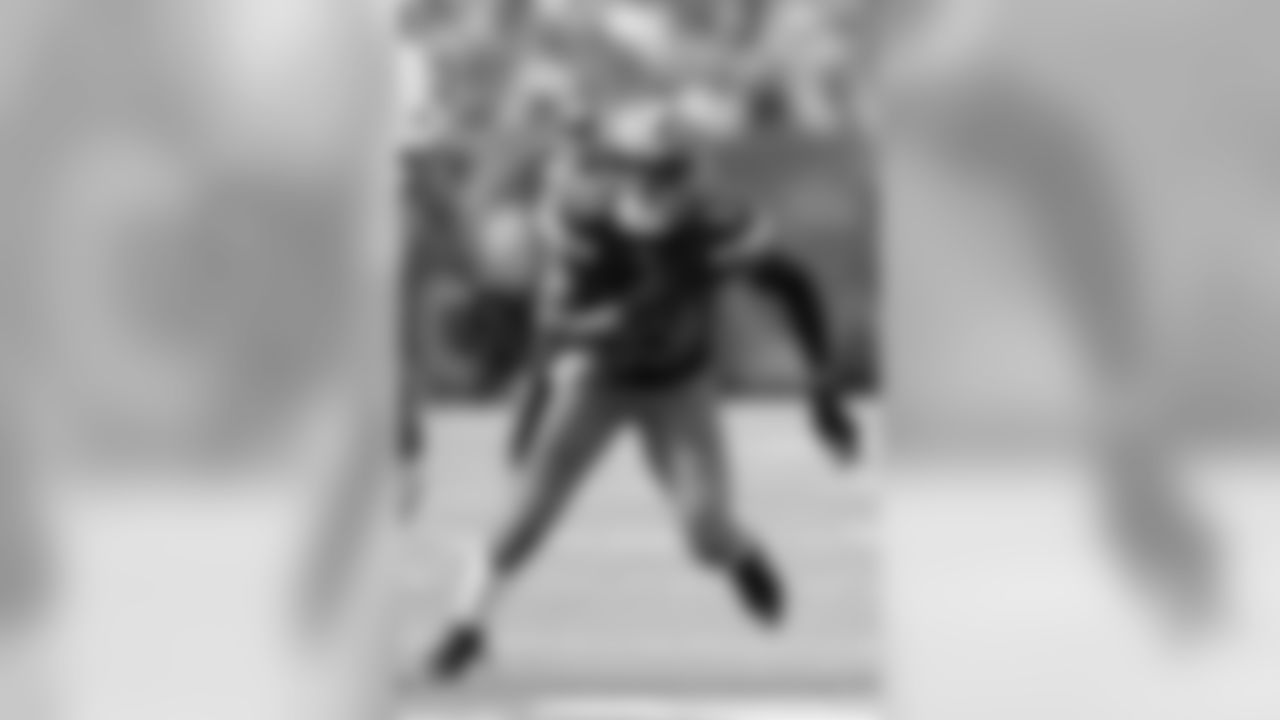

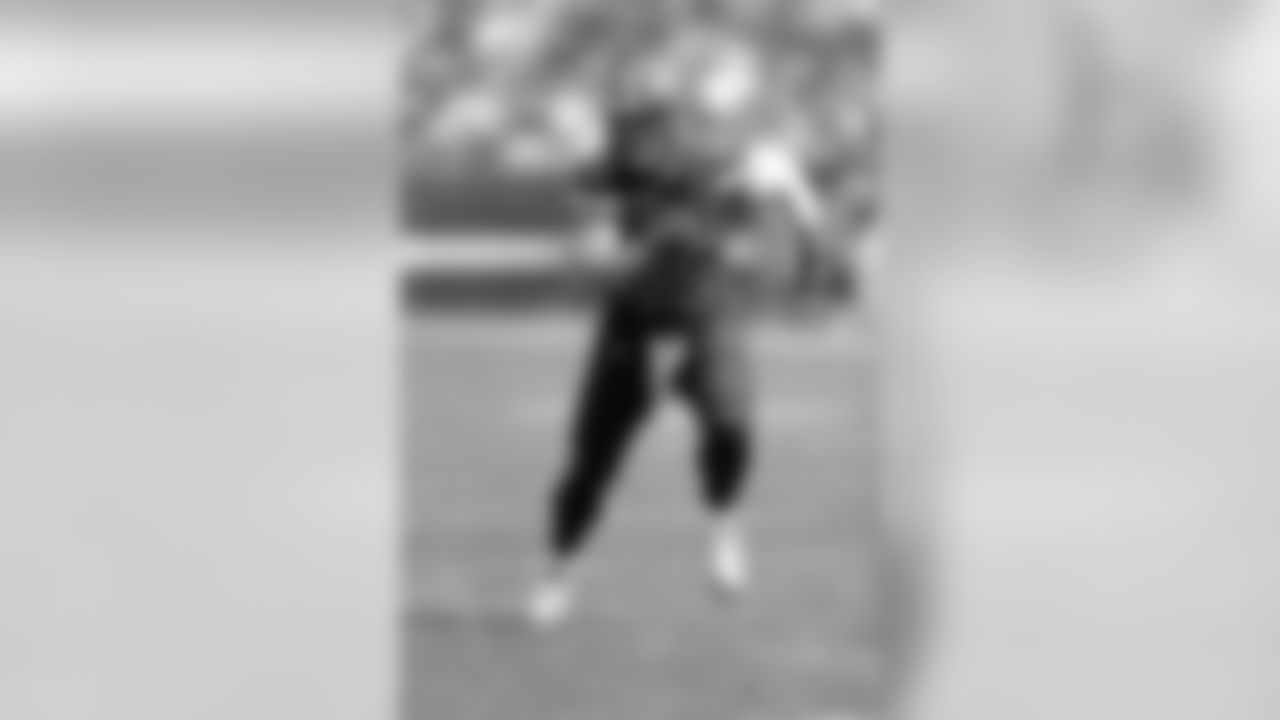
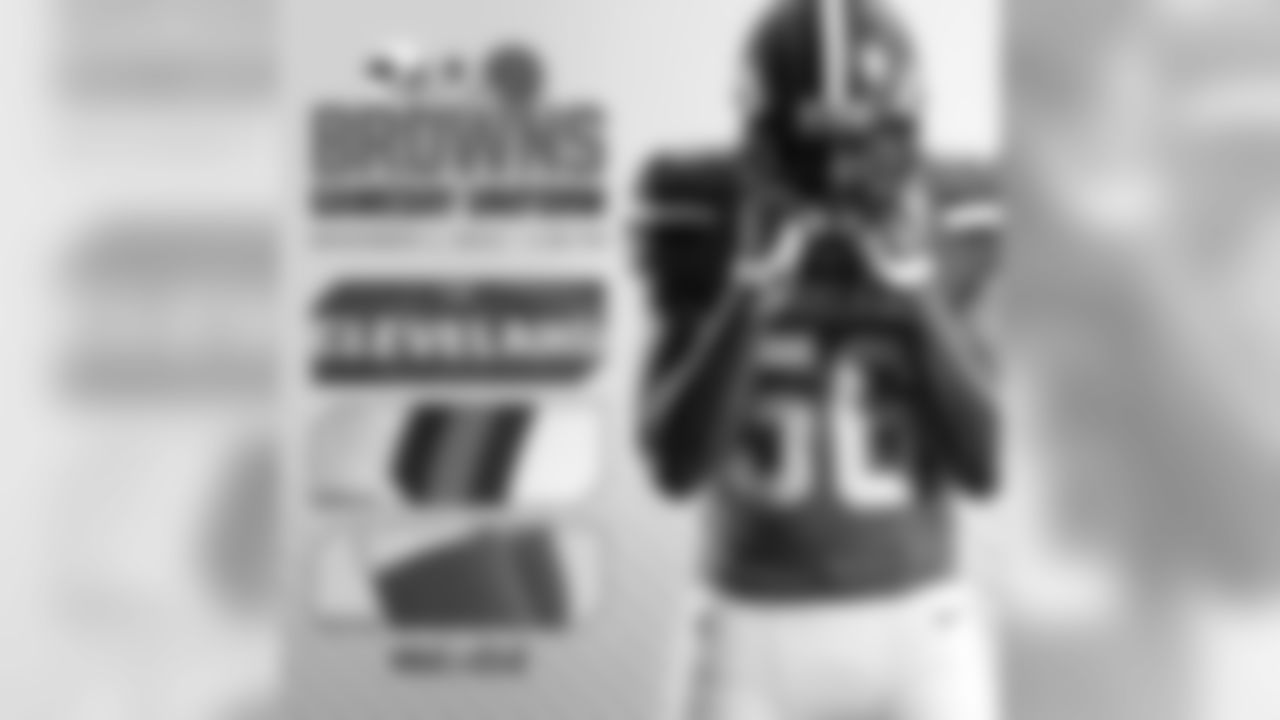
The plan hit the drawing board shortly after Scheiner was hired in December 2012. The initial goal was to unveil a new look in time for the 2014 season.
Quickly, it became apparent that the process would stretch into 2015. The necessary research and planning between the Browns, Nike and NFL for such an important change couldn't be rushed.
"It's an exhaustive process you go through with the NFL," Haslam said. "I thought it was something you did and you could have it ready for the next season. I remember when they told me you can have it for the 2015 season, that seemed like forever.
"The process I initially thought was ridiculous in terms of how long it takes ended up being very good."
The plans were formally announced by Haslam in March 2013 at the NFL's owners meetings. For the next two months, the NFL conducted a comprehensive research project that not only took a deep dive with fans in Northeast Ohio, but also focused on fans' perception of the Browns' image and brand nationwide.
Two months after the Browns viewed the NFL's presentations, hundreds and hundreds of surveys went out from coast to coast. Fans on the ground in Northeast Ohio were interviewed in person. Questions were direct -- How would you feel if the Browns changed their uniforms? -- and others accomplished the same mission without being as obvious -- Do you view the Browns as an organization that's on the cutting edge, or would you rather have them respect their tradition?
The Browns received the feedback two months later. Haslam, his wife Dee, Scheiner, Vice President of Fan Experience and Marketing Kevin Griffin and Executive Vice President Chief Revenue Officer Brent Stehlik pored over the results and drew two distinct conclusions.
Browns fans were reluctant to see a facelift to the logo but were ready for the uniforms to move into the 21st century -- so long as it respected the team's treasured past.
The last part was the most important and was at the core of why multiple years were required to truly get it right.
"Every single decision we make can either link back to our tradition and history or deviate from it, so we're careful with how we made those decisions," Scheiner said. "Even if you end up with elements that kind of looked similar to what we had, that's a decision that had to be made. It's not like you say, 'I'm going to change X, Y and Z to the uniform' and you're done."
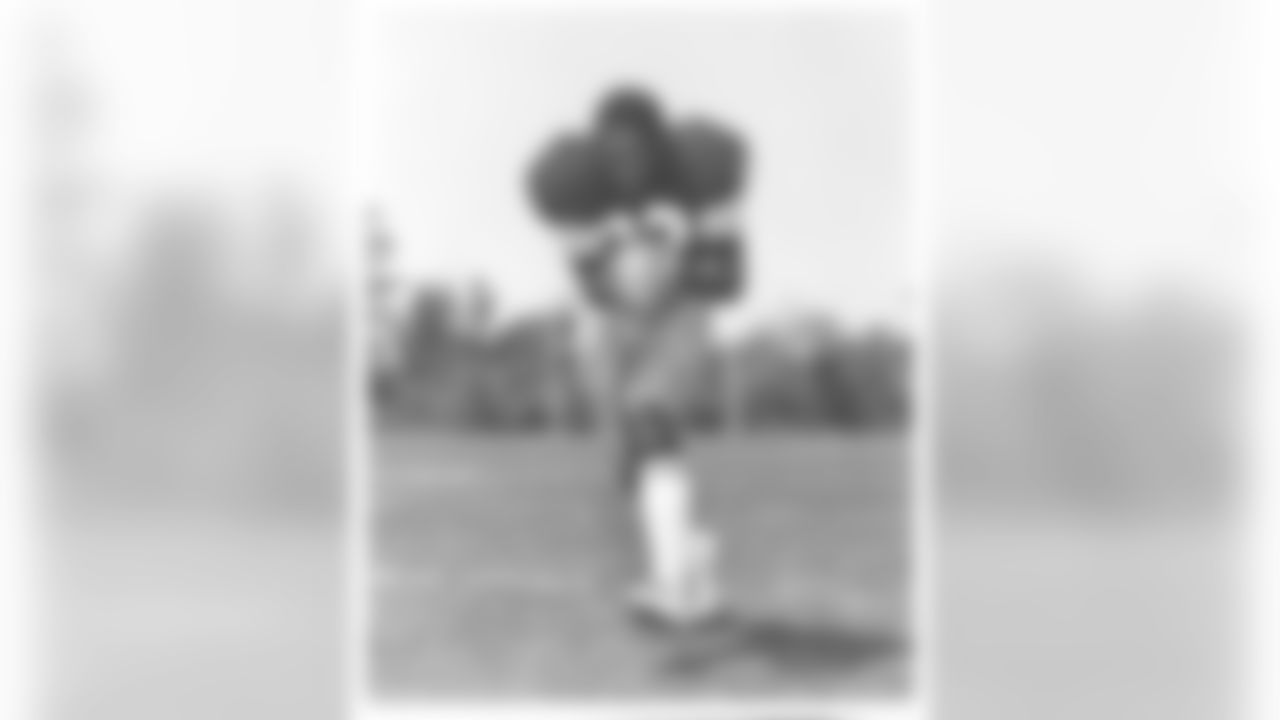
Ozzie Newsome (TE, Alabama, 1978-'90) – The greatest pass catching tight end in the history of the NFL, Ozzie Newsome truly revolutionized the position of tight end and played it at a high level longer than anyone. Cleveland selected Newsome with the 23rd pick in the first round of the 1978 draft. Newsome went on to catch 662 passes for 7,980 yards and 47 touchdowns in his 13 NFL seasons, all with the Browns. When he retired after the 1990 campaign he was fourth on the league's all-time list for receptions and had caught more passes than any tight end.
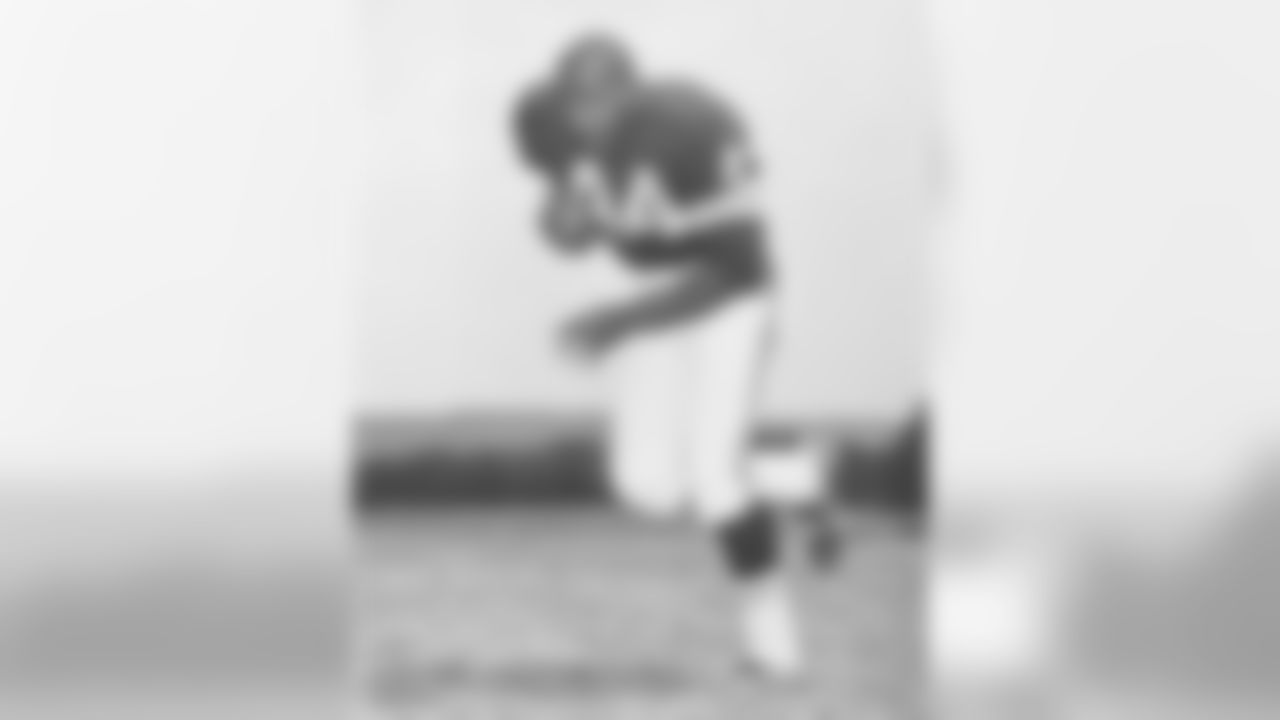
Leroy Kelly (RB, Morgan State, 1964-'73) – On a franchise that prides itself on the success of its running game over the years, Leroy Kelly ranks right at the top at the position. All-time he is number two in all-time yards rushing for the Browns. That after spending his first two seasons as special team player while backing up Jim Brown at running back. While most players would have wilted under the pressure of being asked to replace a player of the caliber of a Jim Brown, Kelly flourished. During his 10 year career with the Browns, the team appeared in four NFL Championship games.
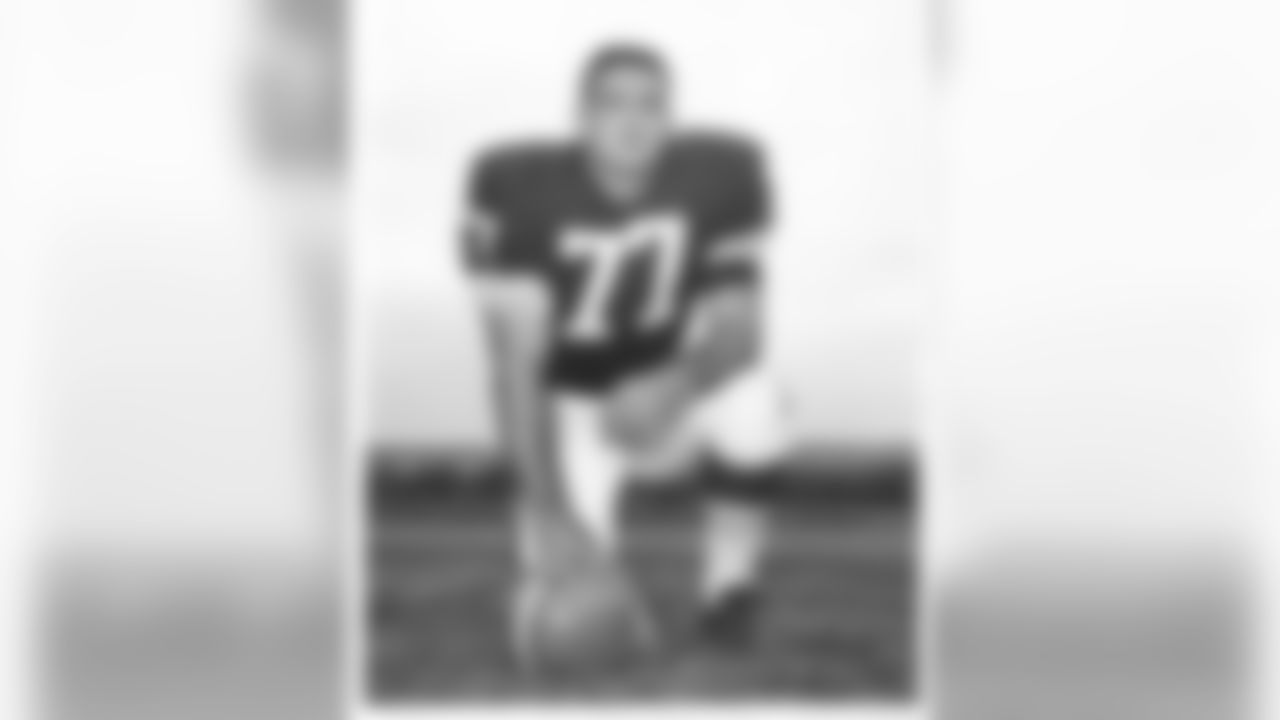
Dick Schafrath (T, Ohio State, 1959-'71) – When Hall of Famer Lou Groza retired, Dick Schafrath stepped in and provide the Browns with a seamless transition especially with their signature running plays, the power sweep, trap and draw. Routinely he would wipe out his man at the line of scrimmage and erase another would-be tackler far downfield. In Schafrath's 13 seasons, Jim Brown led the league in rushing six times and finished second once, and Leroy Kelly was a two-time league leader and second once. Backs Bobby Mitchell, Ernie Green and Bo Scott also benefited from Schafrath's excellence. Though the Browns were a run-oriented team, they had fine passing attacks directed by quarterbacks Milt Plum, Frank Ryan and Bill Nelsen who made a combined six Pro Bowls with Schafrath their key protector.

Dante "Gluefingers" Lavelli (WR, Ohio State, 1946-'56) – Lavelli joined with quarterback Otto Graham and fellow receivers, Dub Jones and Mac Speedie to revolutionize the passing game and thus help advance the NFL toward its national, made-for-TV popularity that began to flourish in the late 1950s. Much of today's "West Coast Offense" has its roots with the Cleveland Browns of the 40's and 50's and Lavelli was a big part of that. When Lavelli retired he ranked second in pro football history in touchdown receptions and third in passes caught and receiving yards.
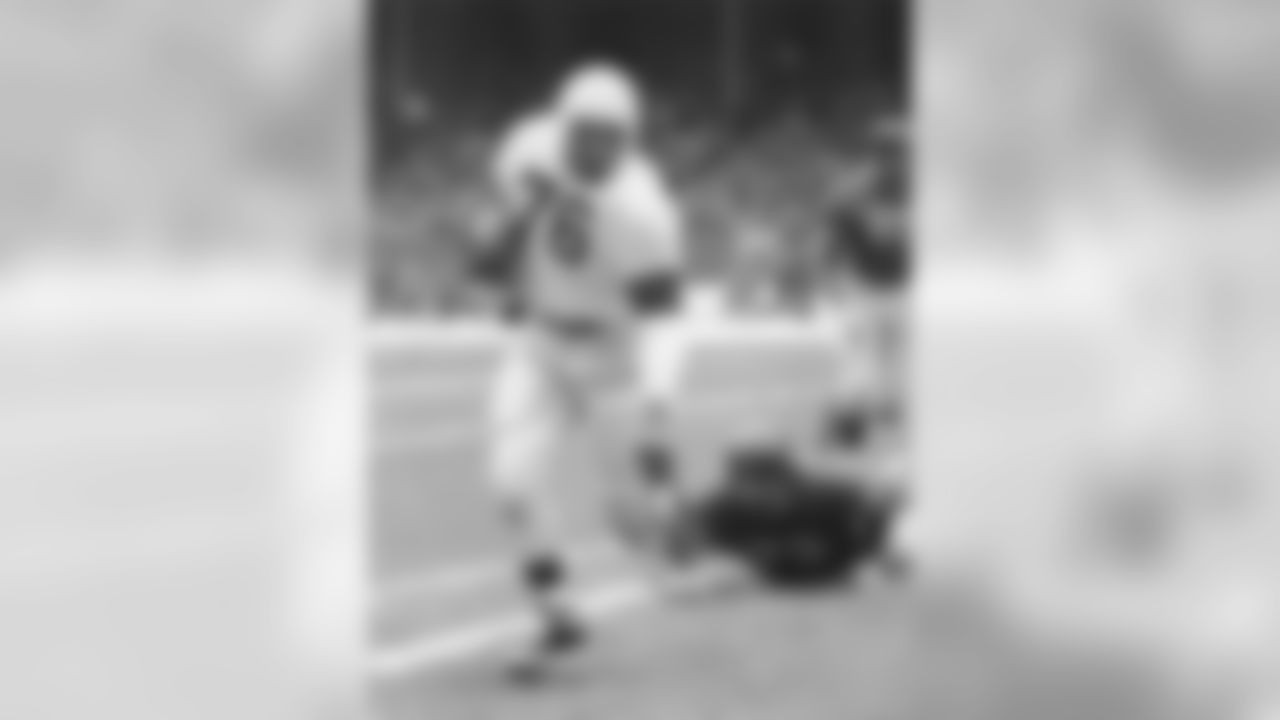
Marion Motley (RB, Nevada, 1946-'53) – Had it not been for Jim Brown, Marion Motley would easily be the greatest running back in the history of the Cleveland Browns. A rare combination of size and speed, Marion was often times larger than both the defensive linemen that were trying to stop him and the offensive line that were blocking for him. To see him on film is really the only way to truly know just how devastating he really was. In 1946, Motley joined Bill Willis in permanently breaking down racial barriers in professional football.
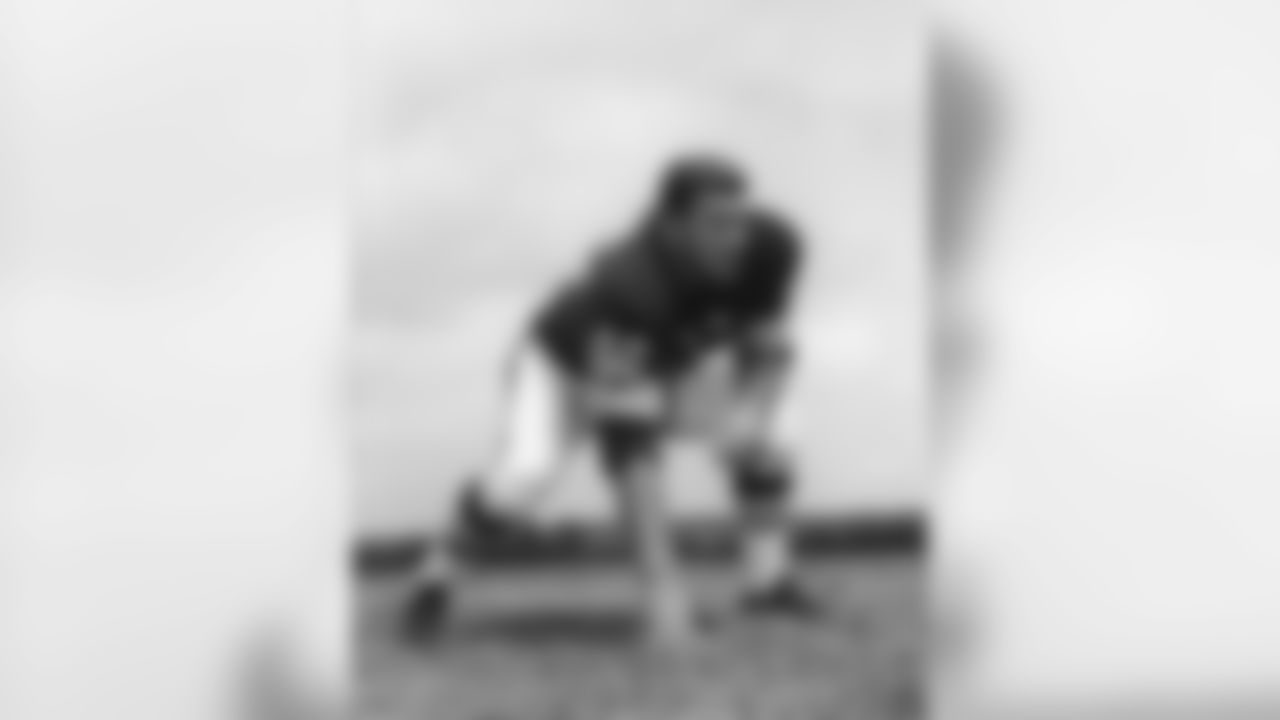
Gene Hickerson (G, Mississippi, 1958-60, 1962-'73) – The most versatile offensive lineman in the history of the Browns, Gene could run or pass block equally well. In his career with the Browns, he blocked for three Hall of Fame running backs and never experienced a losing season. He gained his fame as a pulling guard whose combination of speed and power was absolutely devastating to the opposition, most especially through his role as a pulling guard on the Browns feared power sweep.
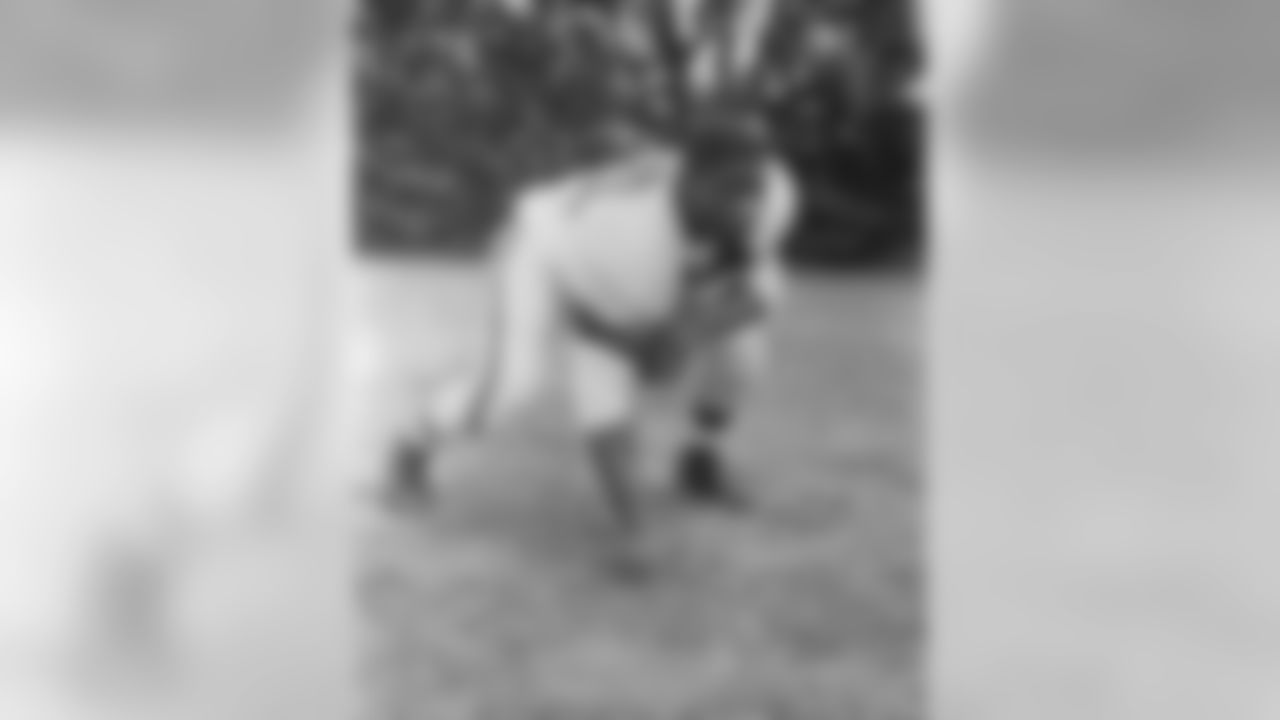
Bill Willis (G, Ohio State, 1946-'53) – The greatest defensive player in the history of the Browns, Willis also played guard on offense in his first two seasons, often as a starter. A mainstay in the Browns' 5-3 and 5-2 defenses at middle guard, a position somewhat the equivalent of today's middle linebacker in a 4-3, Willis earned first-team all-league honors in seven of his seasons and second-team in the other campaign. The Browns allowed the fewest points in the league in six of his eight seasons and the second-fewest the other two.
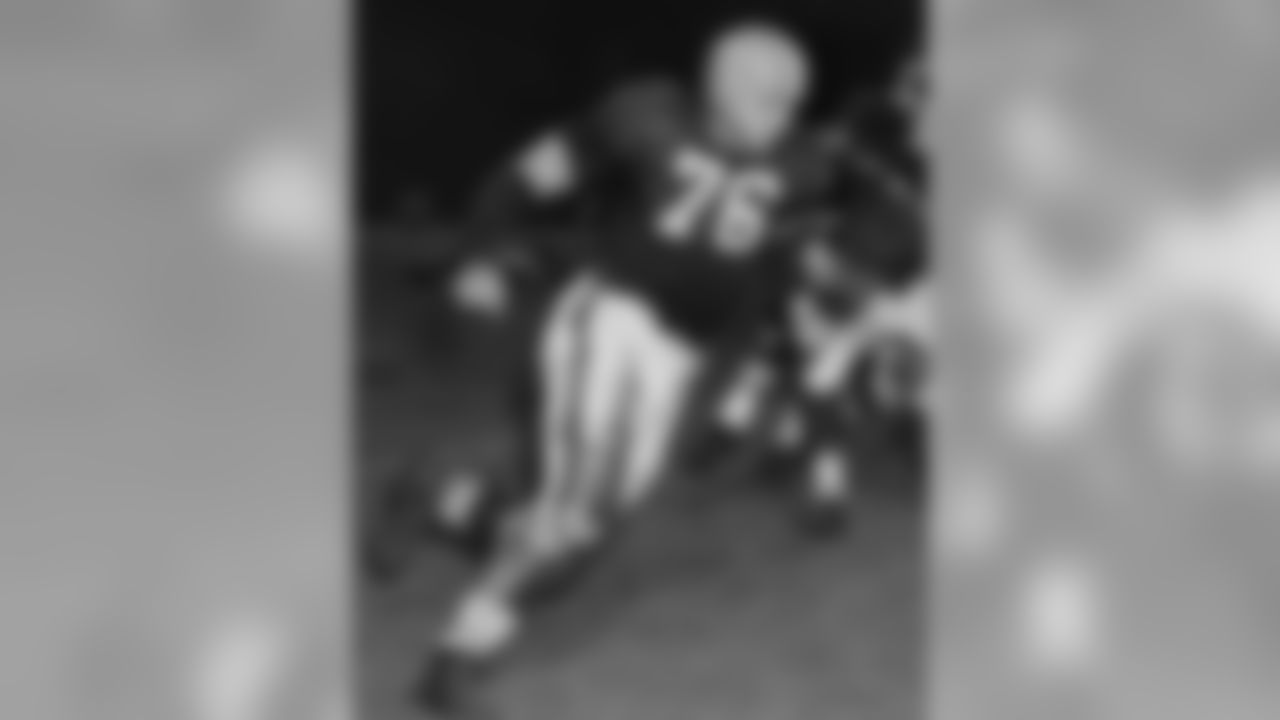
Lou "The Toe" Groza (T/K, Ohio State, 1946-59, 1961-'67) – No one played for the Browns longer than Lou Groza. In his 21 seasons with the Browns, Groza is the only person who can claim to be a part of all eight of the Browns World Championships. A Hall of Fame left tackle who also handled all of the team's field goal and extra point duties, when Lou retired he was the NFL's all-time leading scorer.
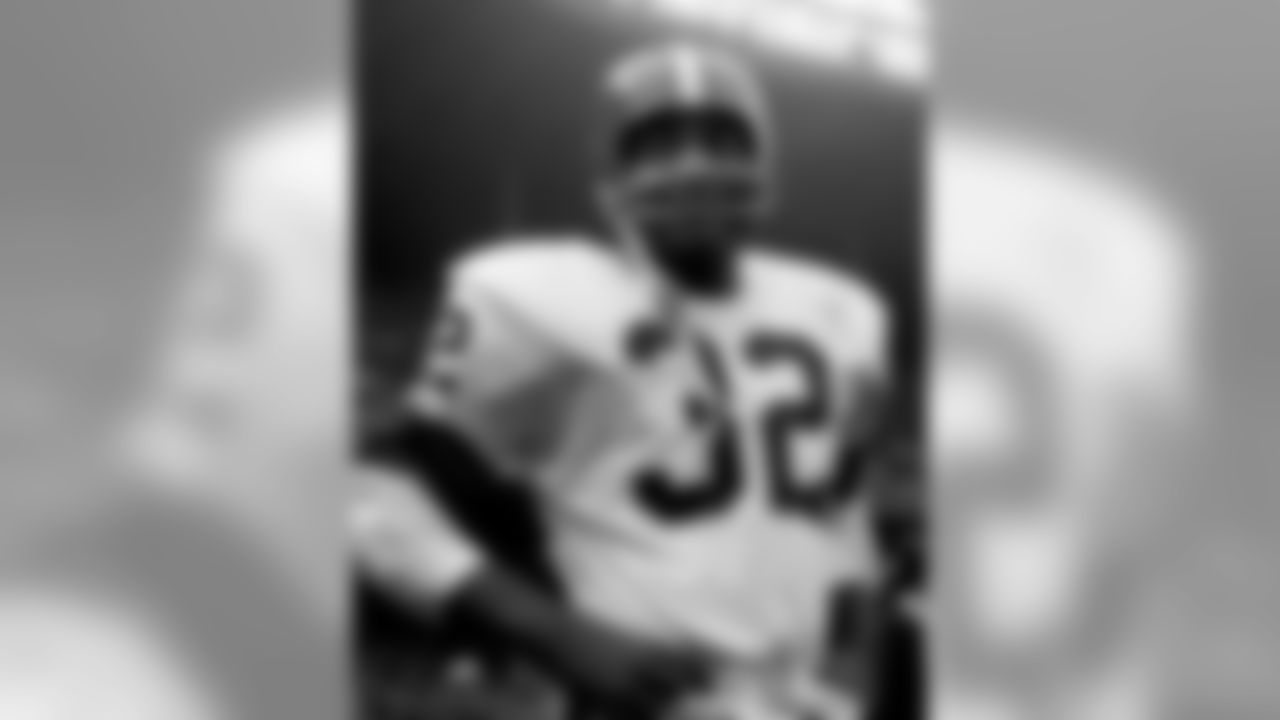
Jim Brown (RB, Syracuse, 1957-'65) – Jim Brown played nine seasons with the Browns, making the Pro Bowl all nine years while being named first-team all-NFL eight years and second-team the other year. He was named the NFL MVP four times (1957, 1958, 1963 and 1965) including his final season in 1965. Upon his retirement, at the age of 29, Brown held every NFL record for rushing in the history of the game.
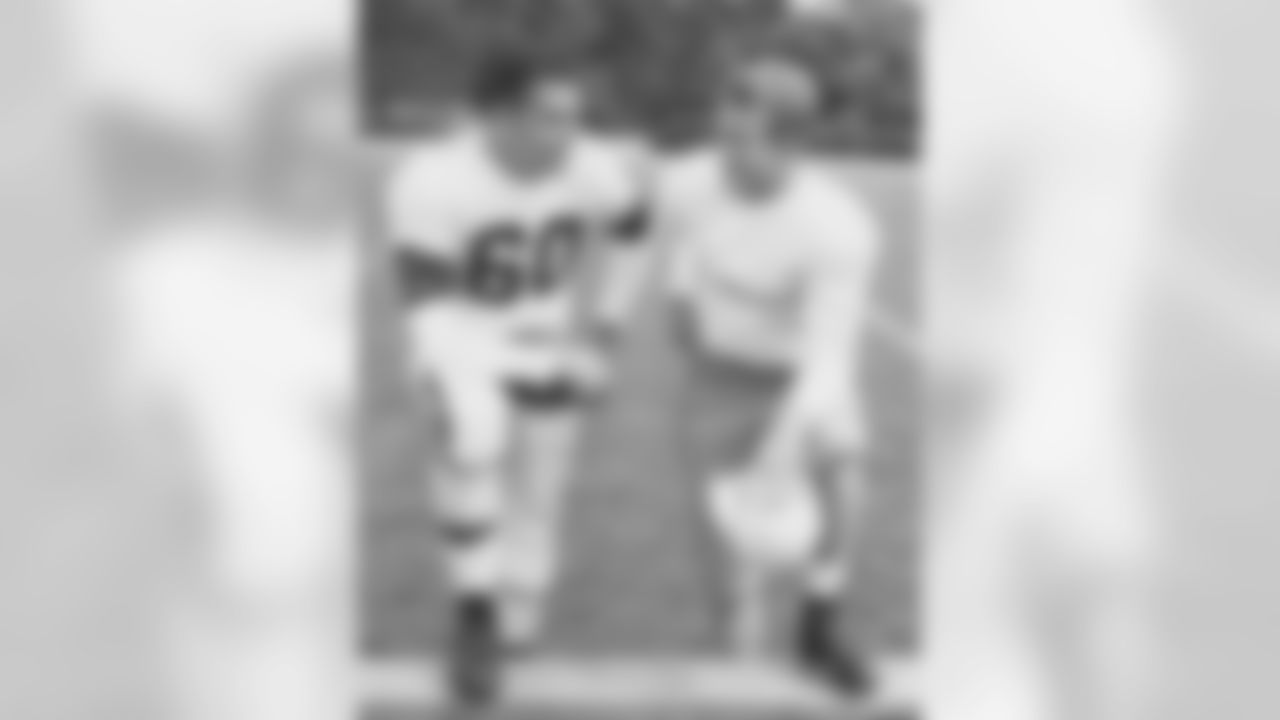
Otto Graham (QB, Northwestern, 1946-'55) – Otto Graham played during the first 10 years in the history of the Cleveland Browns and the team reached the championship game in every one of them, winning seven. In a game where greatness is often defined by winning, there has never been and never will be a quarterback that can claim to be in the same league as Graham.
Van Horne knows the look, that mixture of anxiety and uncertainty, when he steps into a room full of important people who don't know what they want.
When Van Horne stepped inside the Browns' facility in Berea for the first time, he saw the exact opposite. It ultimately made his team's job so much easier and enjoyable as it embarked on a project that would produce "some of the most outstanding work" Van Horne and his team have done.
"I think at times, when Nike comes in, some people are like 'Uh oh, they're going to take us some place where we're not,'" Van Horne said. "For the most part, they come with a plan, but some of them don't really know what they want until they see it. Some people have a plan with what they want to represent and the attitude they wanted to have."
Those blank stares, Van Horne said, are often followed by a blank slate as a starting point. Even for an artist as creative and innovative as Van Horne, it's not preferred.
The Browns made sure he and his team had a clear-cut starting point.
Haslam made it clear early in the process that the Browns' iconic orange helmet wouldn't be scrapped. It would simply be refreshed, a decision that was reflected in the team's updated logo, which was released in February.
"That was not hard," Scheiner said. "We knew that if we didn't change the helmet and we subtly evolved the logo, we knew the uniforms had to look different. I don't think they're an extreme difference but they're different enough. You won't mistake them for our old uniforms."
Before the Browns' brass started talking colors and analyzing cloth swaths, they first delved into a little introspection. This was essential, Scheiner said, and ultimately why the Browns were able to clearly specify what they wanted in their first few meetings with Nike and the NFL.
"There was no, 'let's see this or let's see that,'" Van Horne said. "It was 'here's who we are, here's what we want to represent' and that clarity really helps us in the design process. We're not fishing in a large pond and trying to figure out what you're trying to say. It was really, really clear and that really helped.
Van Horne, a former college soccer player who grew up in California, has been leading the redesign of NFL uniforms since he helped overhaul the Denver Broncos' in the mid-90s. From the seemingly neverending, electrified Oregon uniforms to the oh-so subtle touch-ups he's applied to jerseys at tradition-rich Penn State and Alabama, Van Horne has embraced challenges of all flavors.
Nearly 20 years since he worked with the Broncos' facelift, Van Horne viewed the Browns' uniform as an exciting new challenge.
"With the Browns, you see an iconic part of American history and the brickwork and architecture and the foundations of our country and when the team actually was started," Van Horne said. "We've combined all this history together with Cleveland's future. You just see this newness and this energy and it's all of these familiar values about America, but it's also bringing it into the next century. That's what made it super exciting for us."
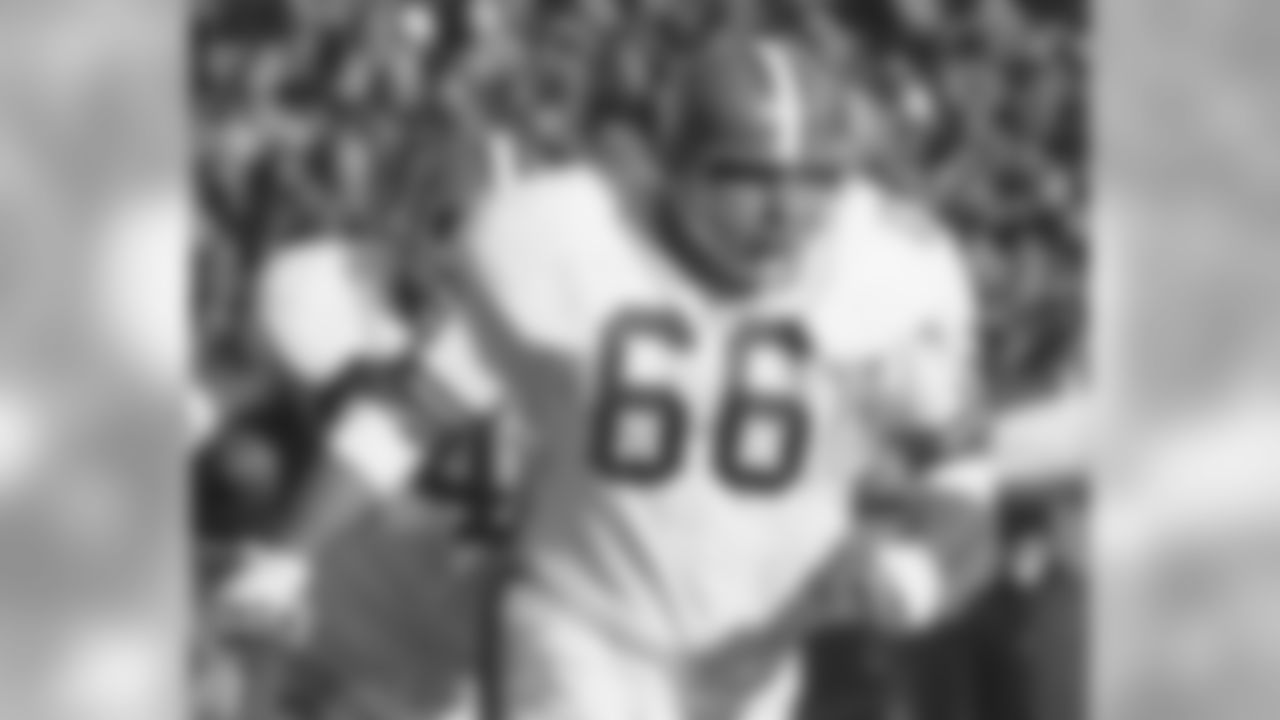
1969 – To honor the NFL's 50th season, a special anniversary logo was designed and each player wore a patch on the left shoulder of their jerseys throughout the season.
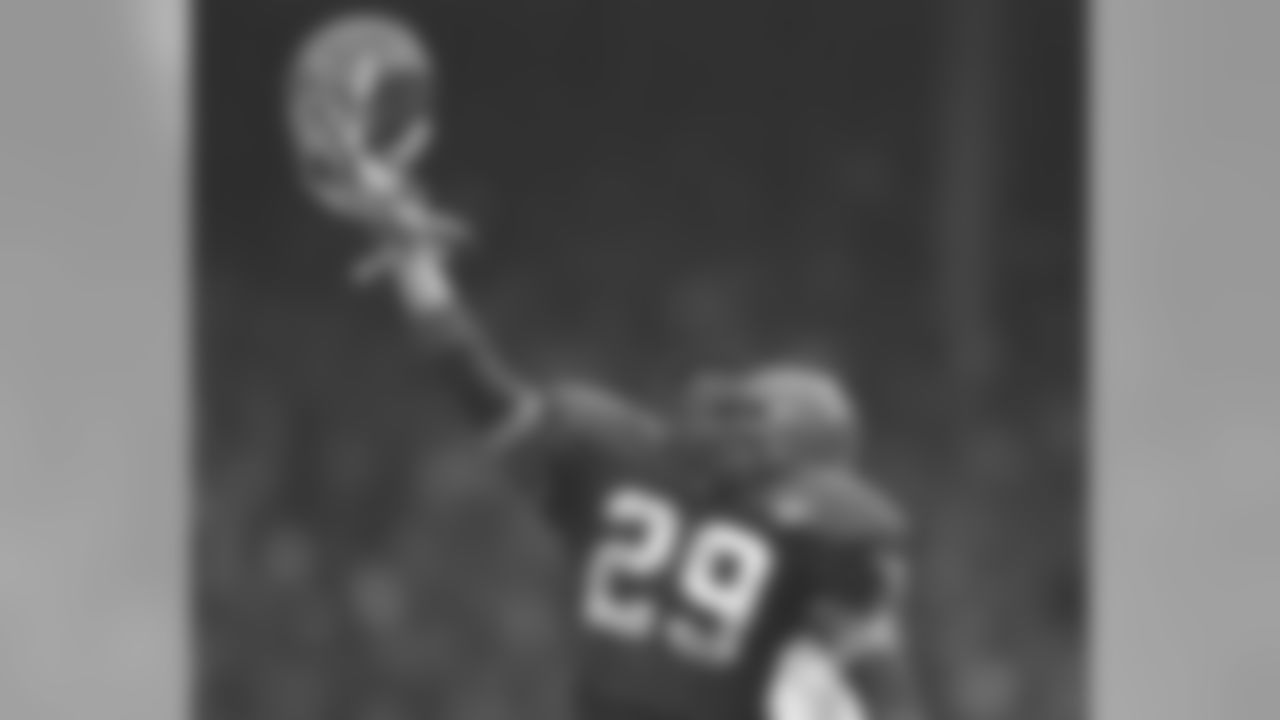
1994 – To honor the NFL's 75th season, a special anniversary logo was designed and each player wore a patch on the left breast of their jerseys throughout the season.
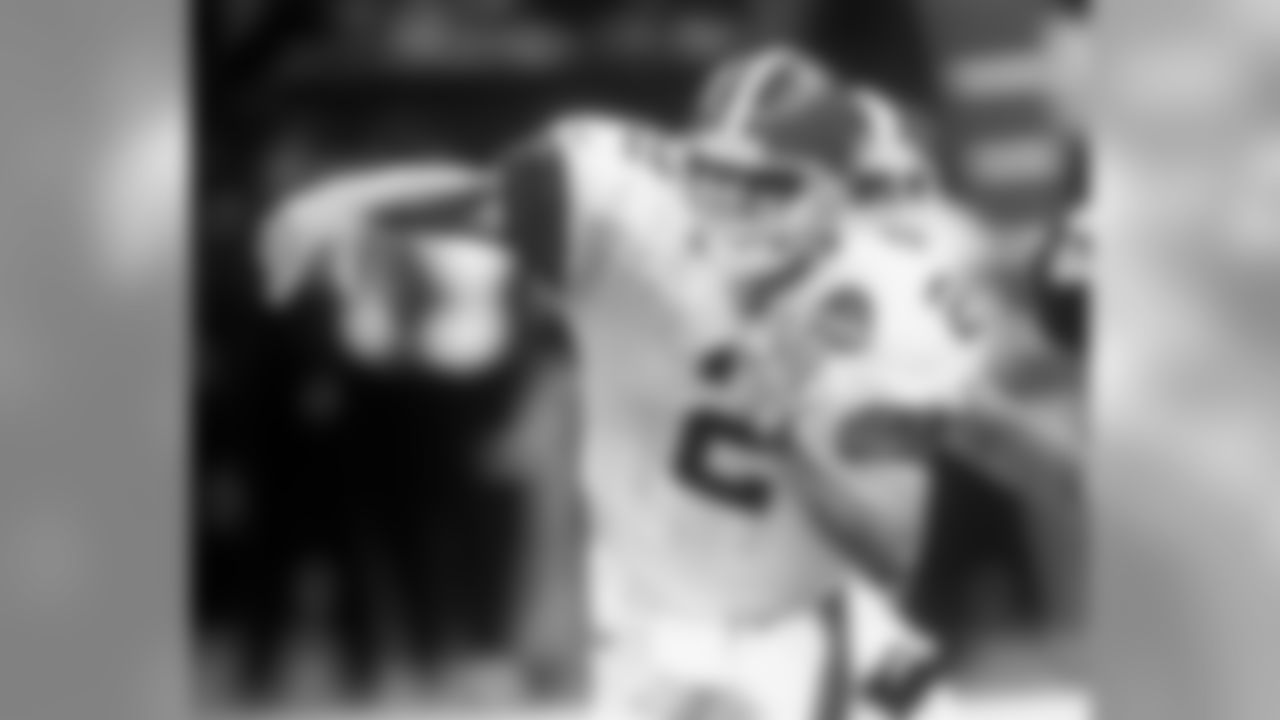
1999 – To honor their return to the NFL, a special "1999" logo was designed and each player wore a patch on the left breast of their jerseys throughout the season.
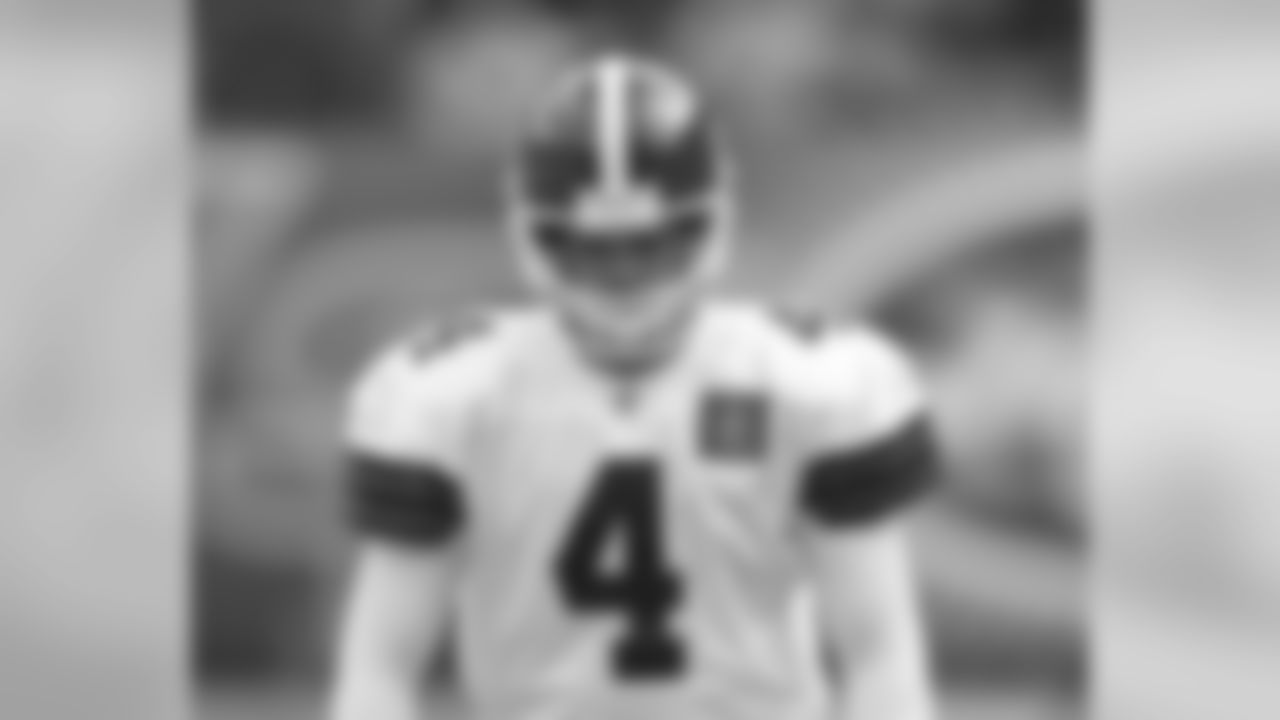
2002- Al Learner
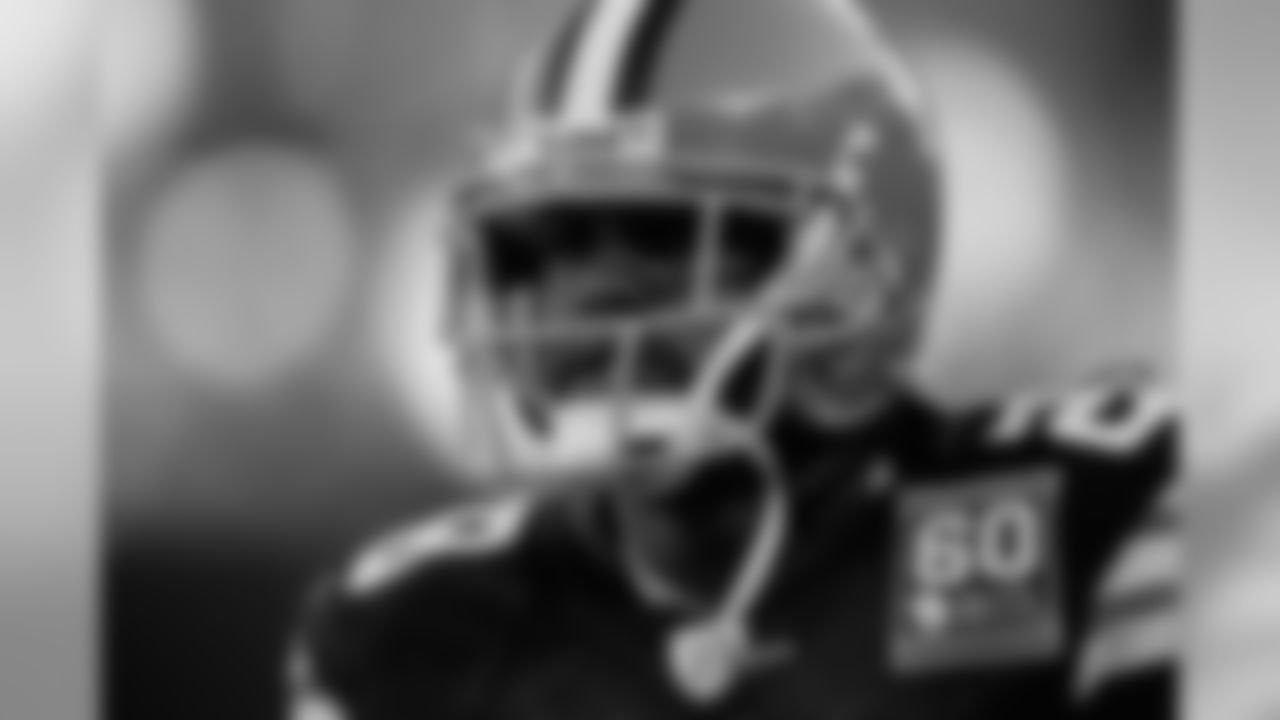
2006 – To honor the 60th Anniversary of the Browns, two special anniversary logos were designed and each player wore a patch on the left breast of their jerseys throughout the season. The brown logo was worn on the brown jerseys and the white logo was worn on the white jerseys.
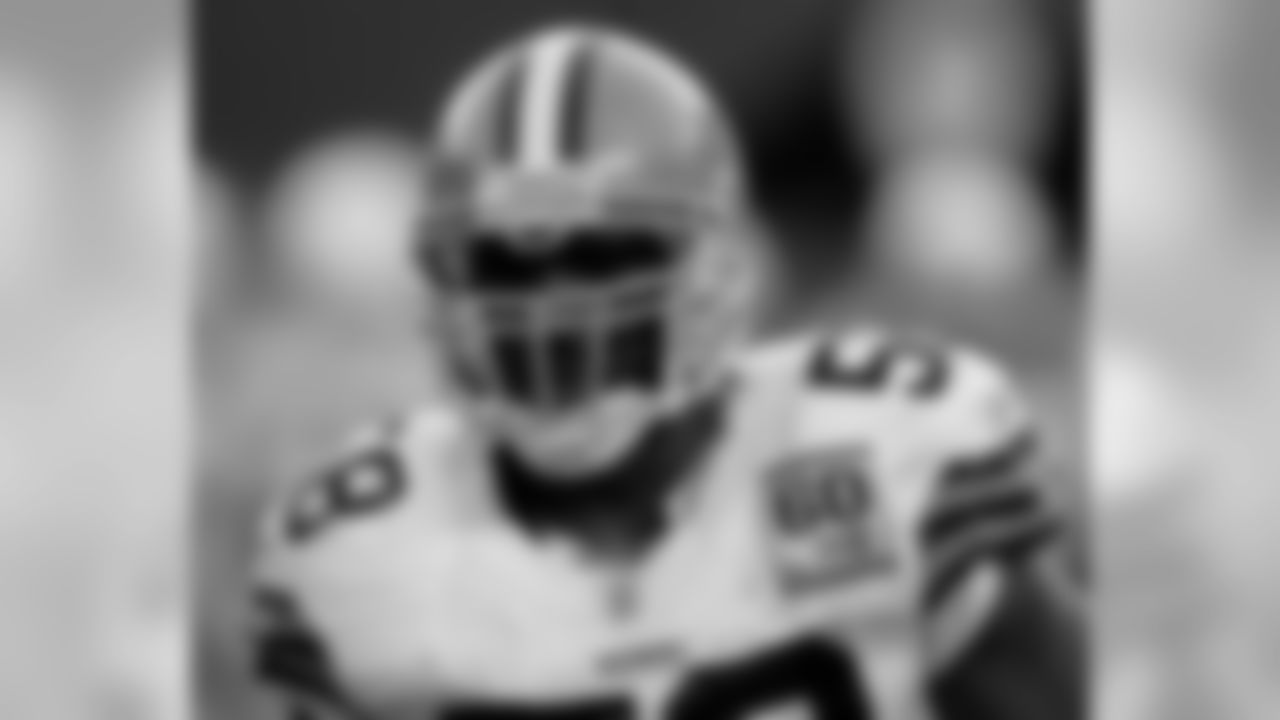
2006 – To honor the 60th Anniversary of the Browns, two special anniversary logos were designed and each player wore a patch on the left breast of their jerseys throughout the season. The brown logo was worn on the brown jerseys and the white logo was worn on the white jerseys.
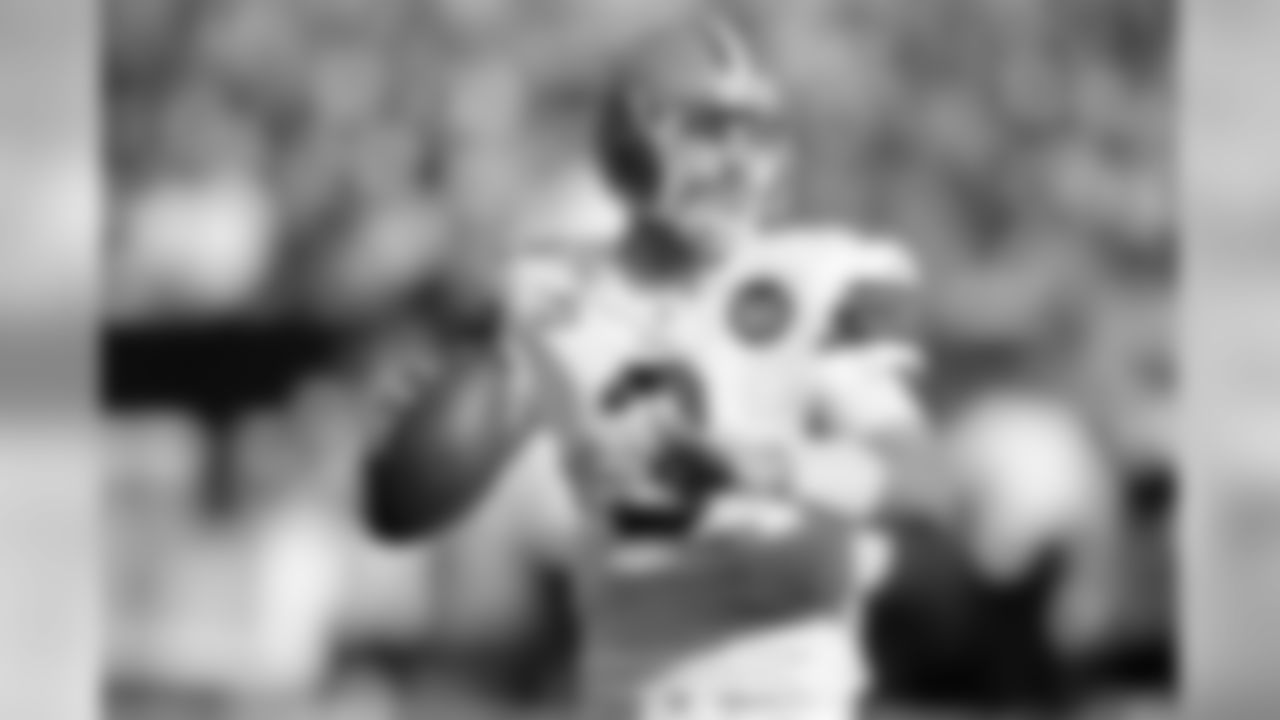
2008 – After the sudden death of Gene Upshaw, the NFL announced that for the opening weekend of the 2008 season, all 32 teams would wear a patch on the left chest of the jerseys with the initials "GU" and the number 63, Upshaw's jersey number with the Oakland Raiders in his honor.
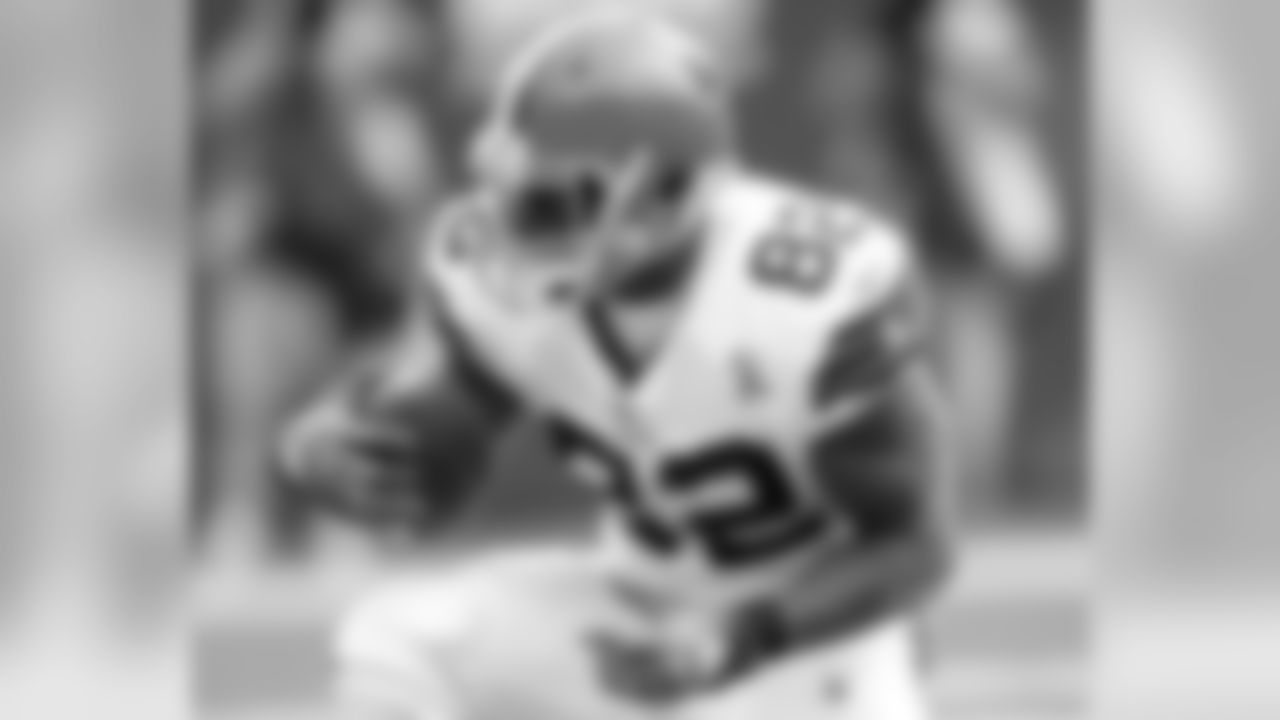
2011 – In honor of the 10 anniversary of the September 11th attacks, a special NFL 9/11 ribbon patch was designed and each player wore a patch on the left breast of their jerseys during all games played on September 11th.
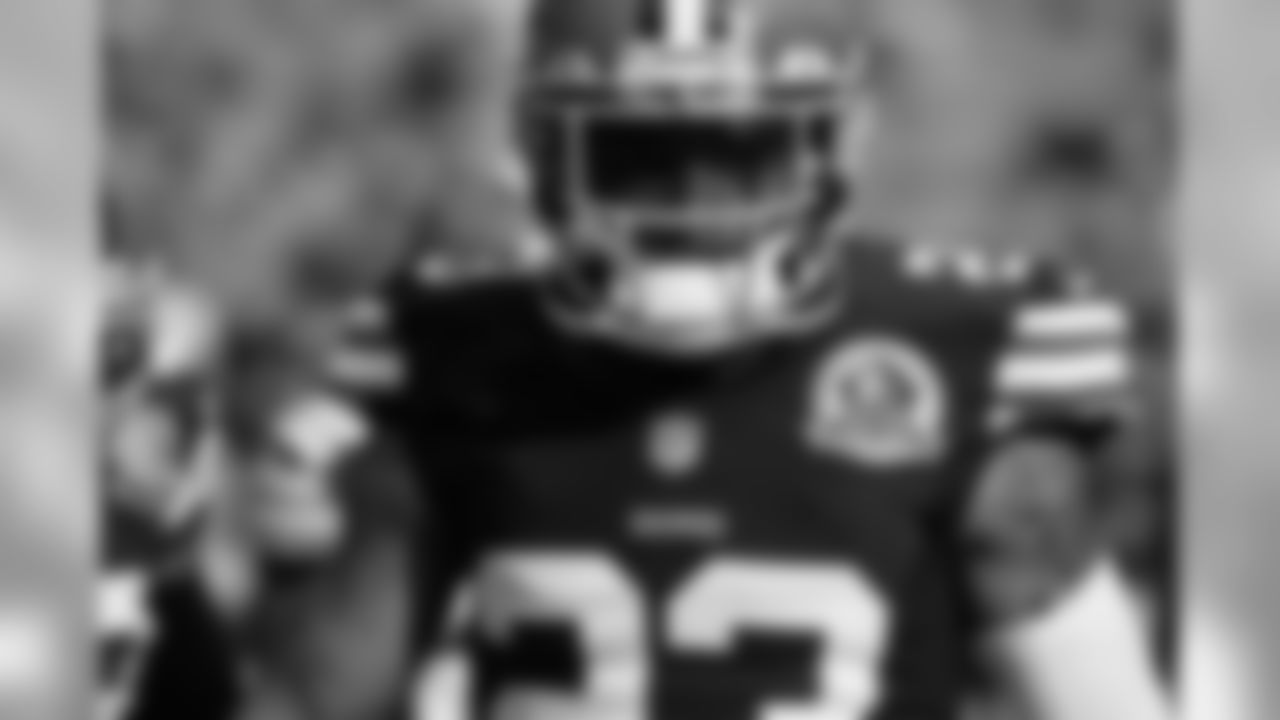
2012 – To honor the 50th anniversary of the Pro Football Hall of Fame, a special anniversary logo was designed and each player wore a patch on the left breast of their jerseys during Weeks 14 and 15 of the season. A selection of game-worn jerseys from these Hall of Fame games were sold on NFL Auction. All proceeds benefited the Pro Football Hall of Fame, a 501(c)(3) not-for-profit institution, and its Enshrinees Assistance Fund.









